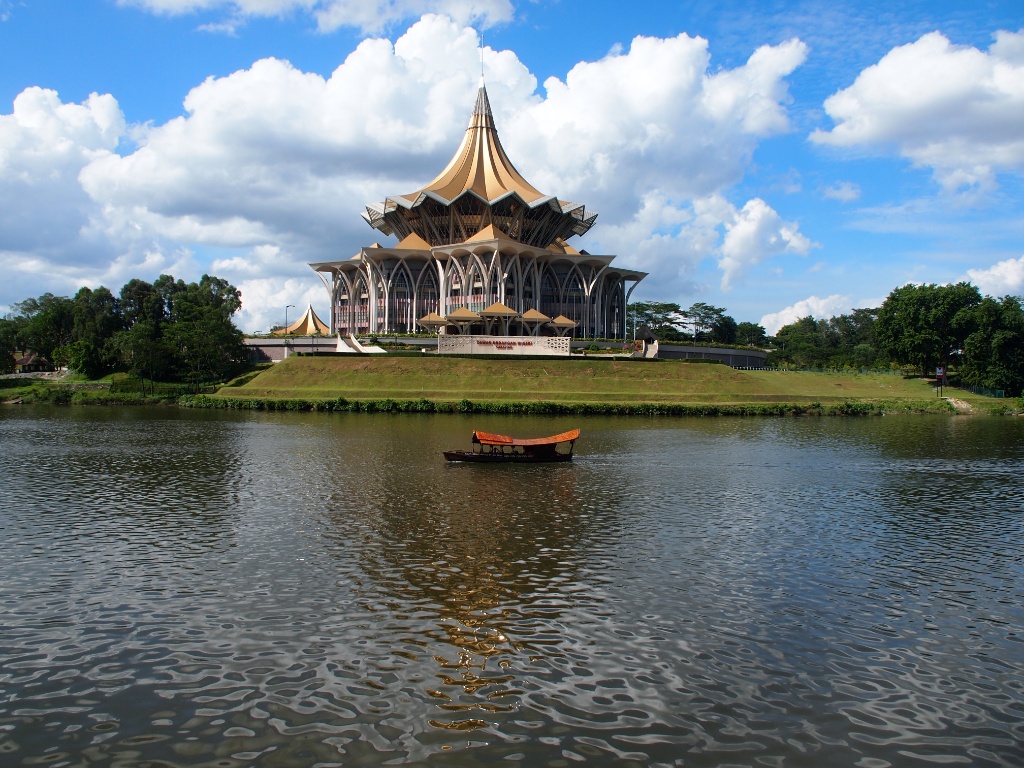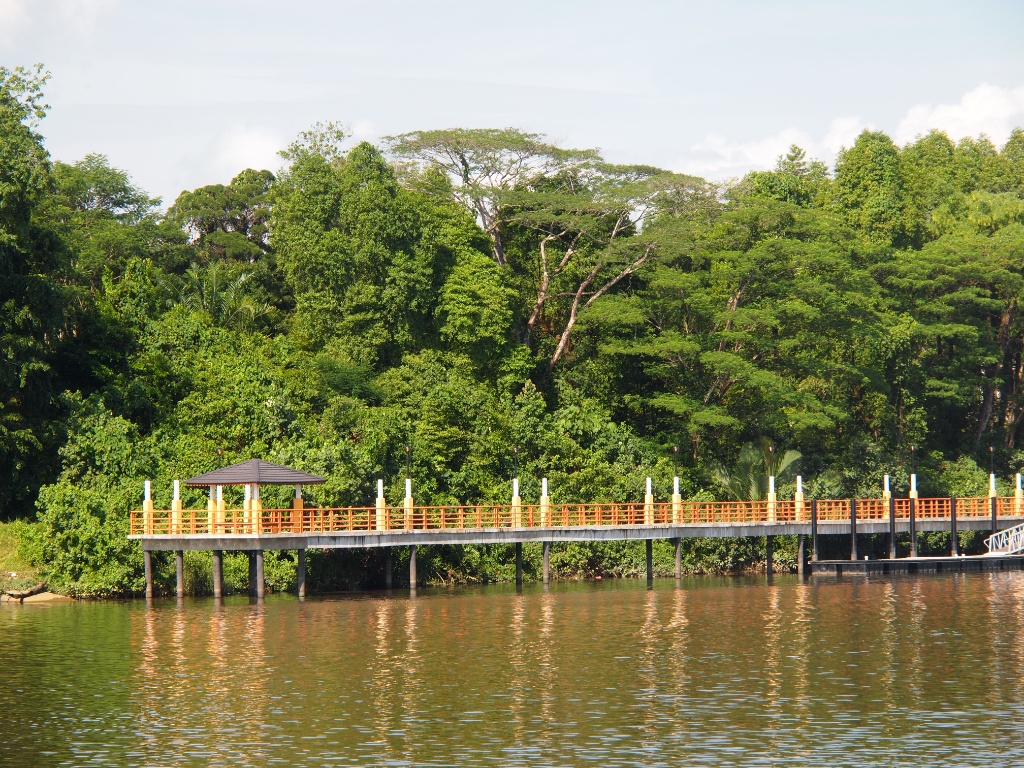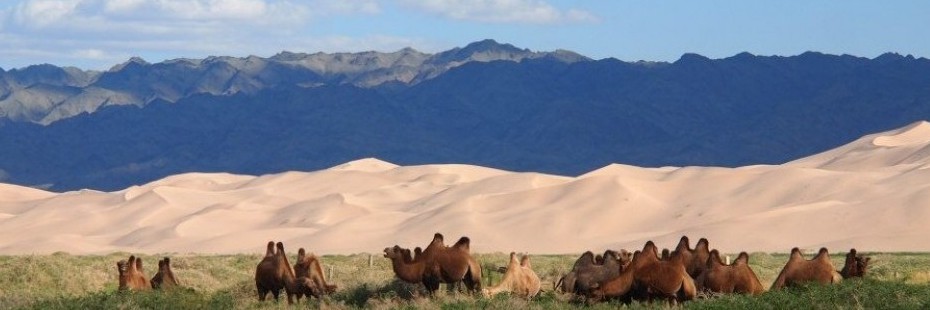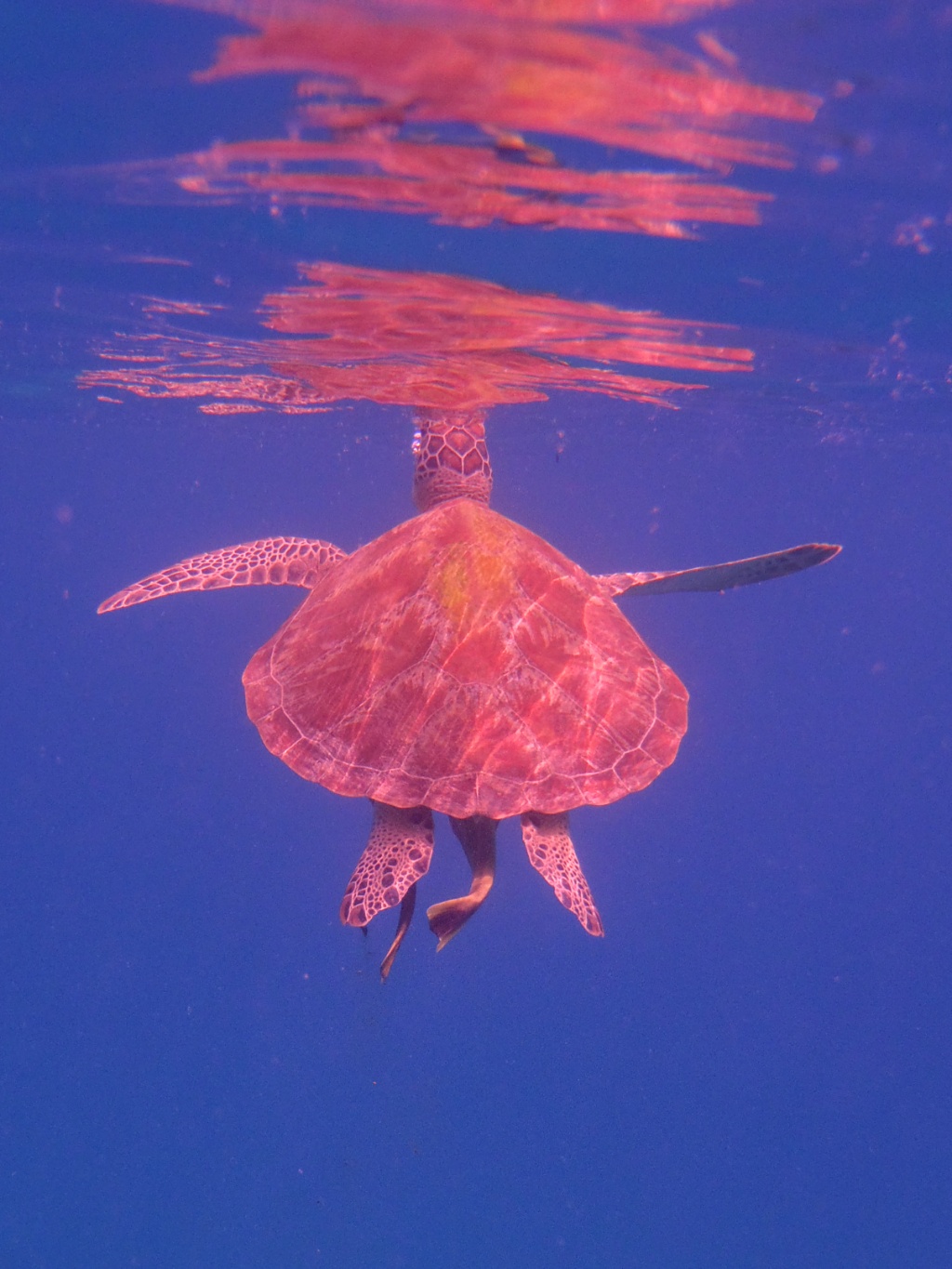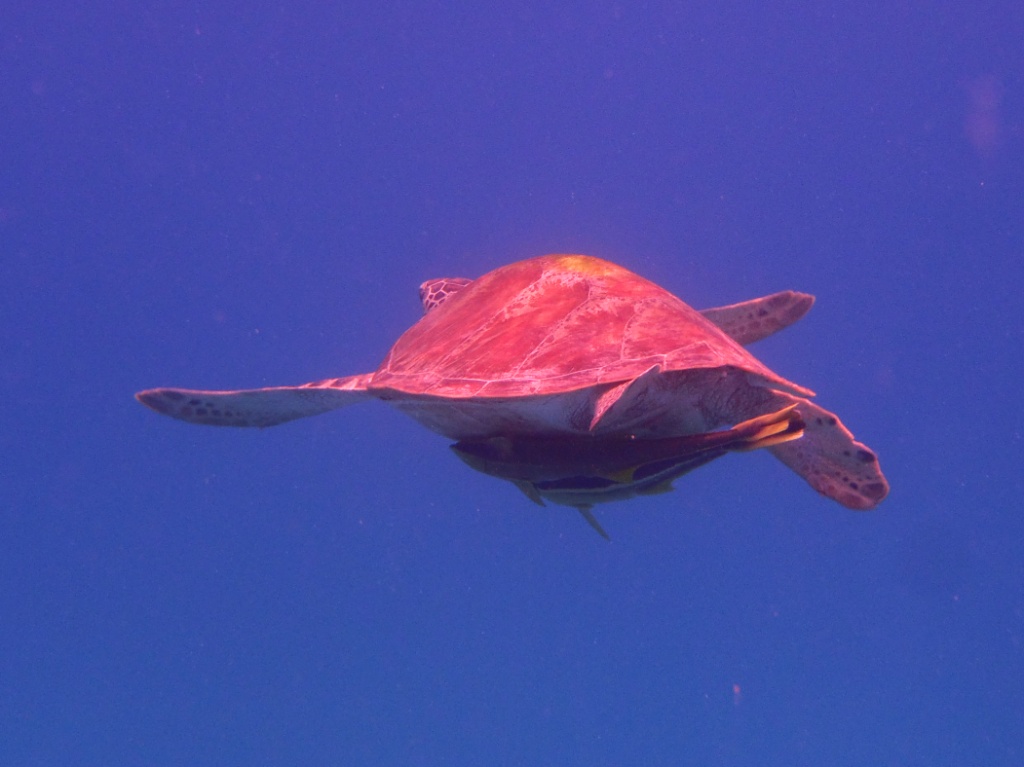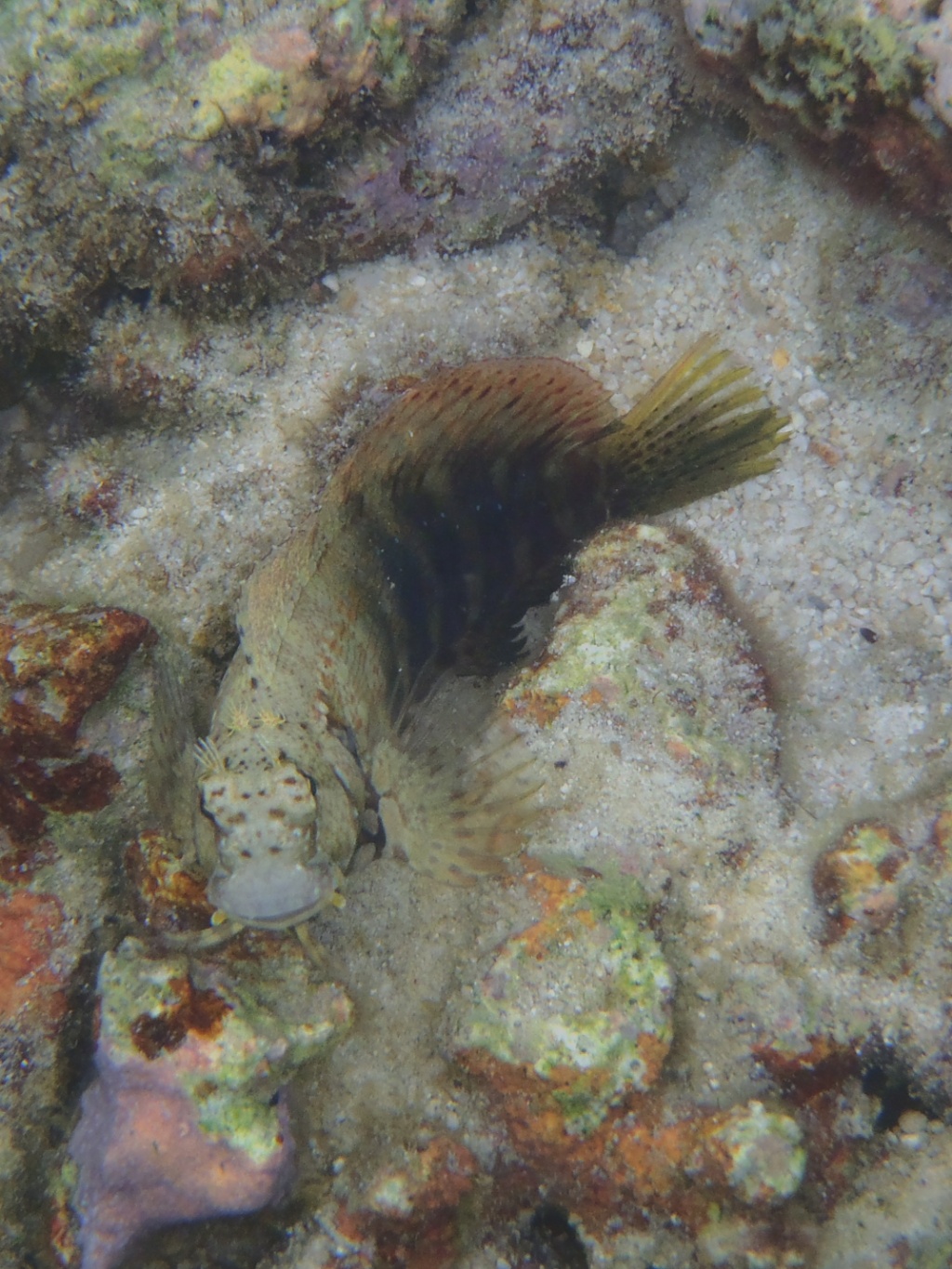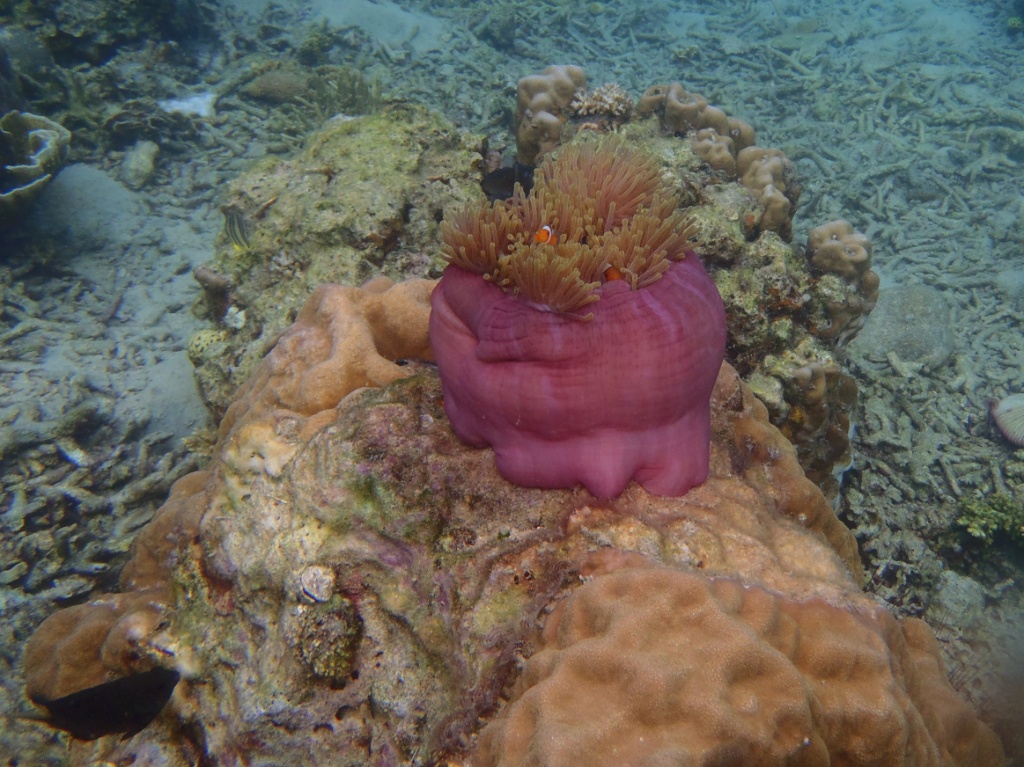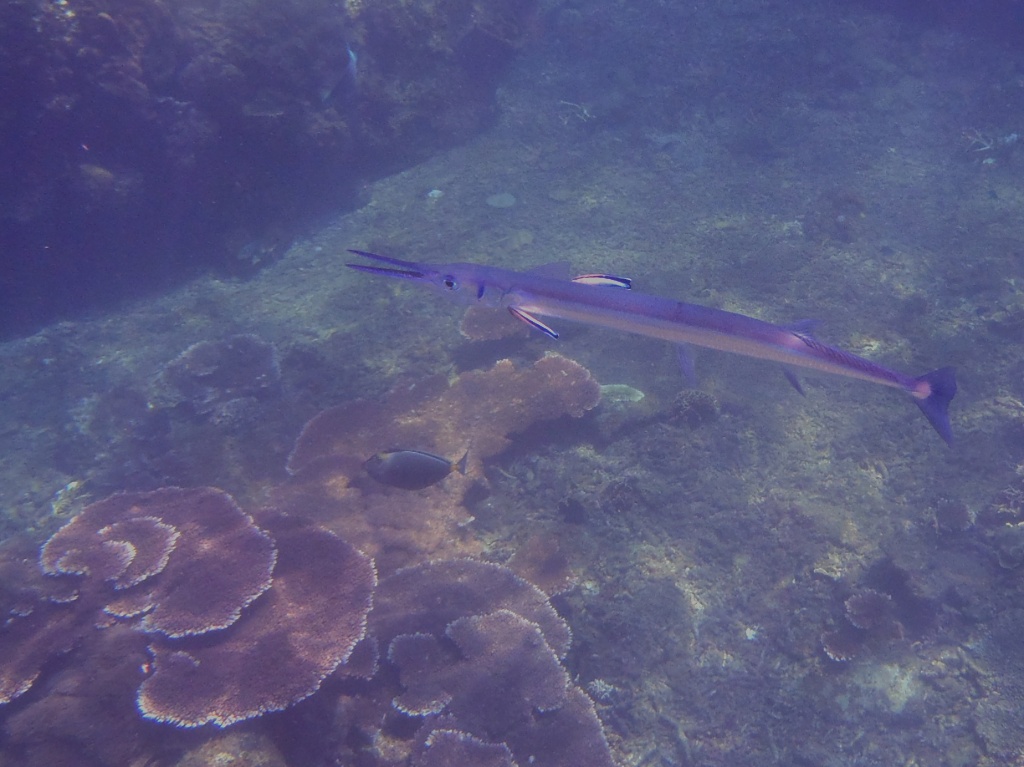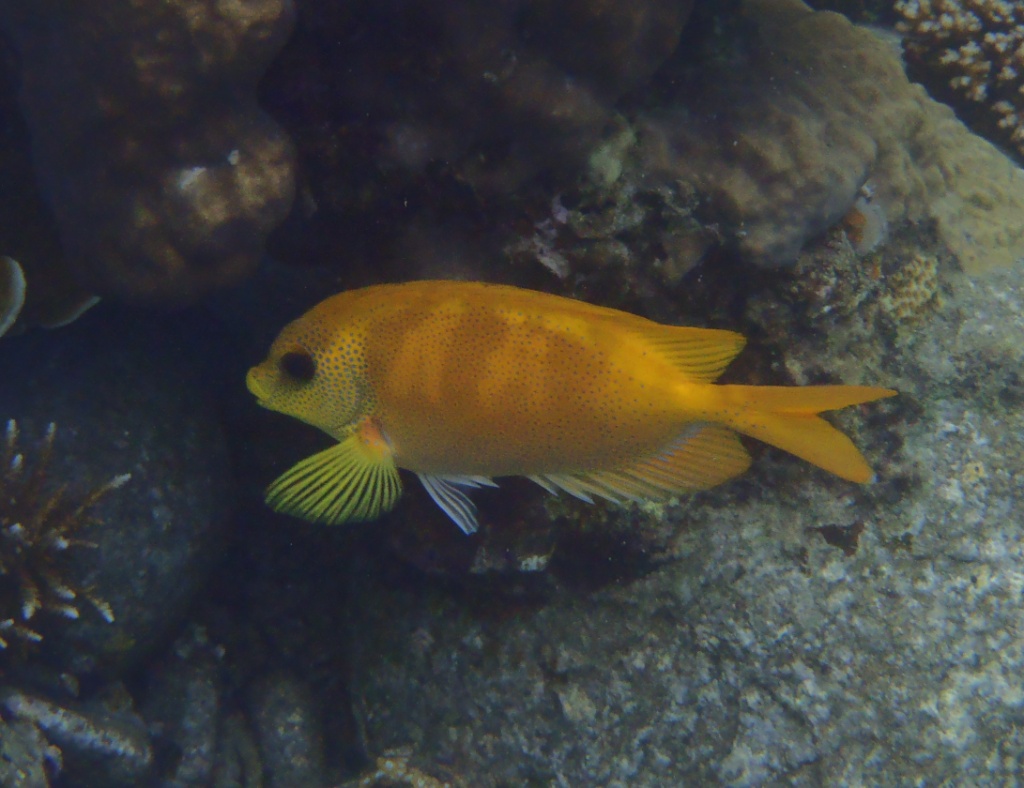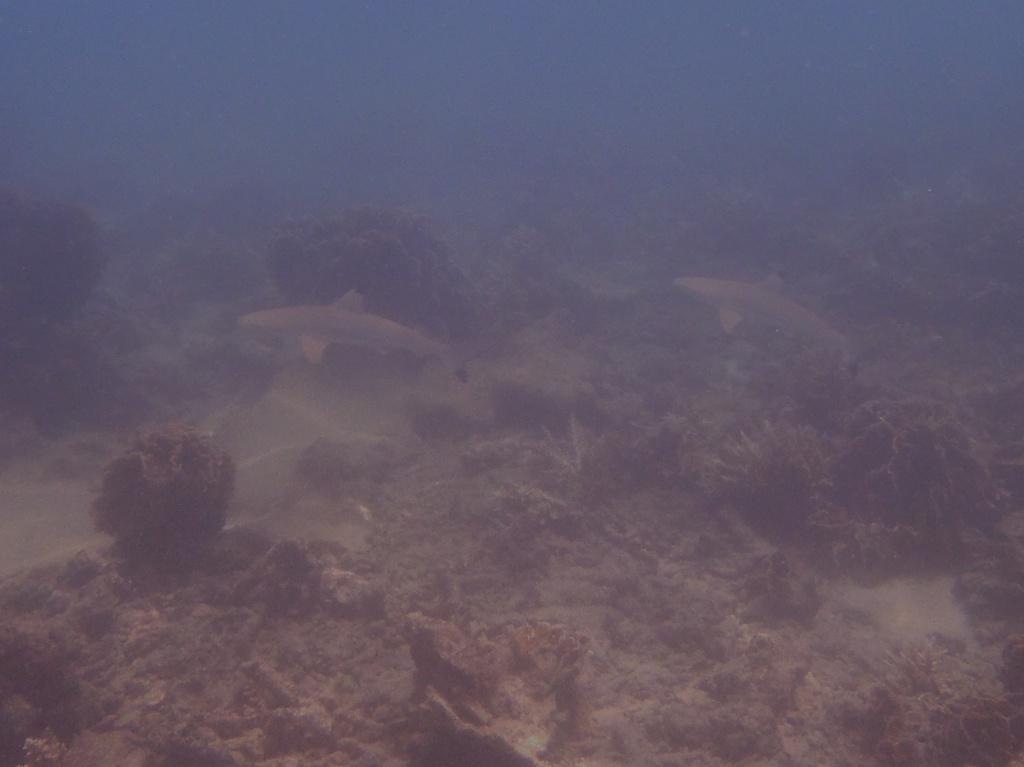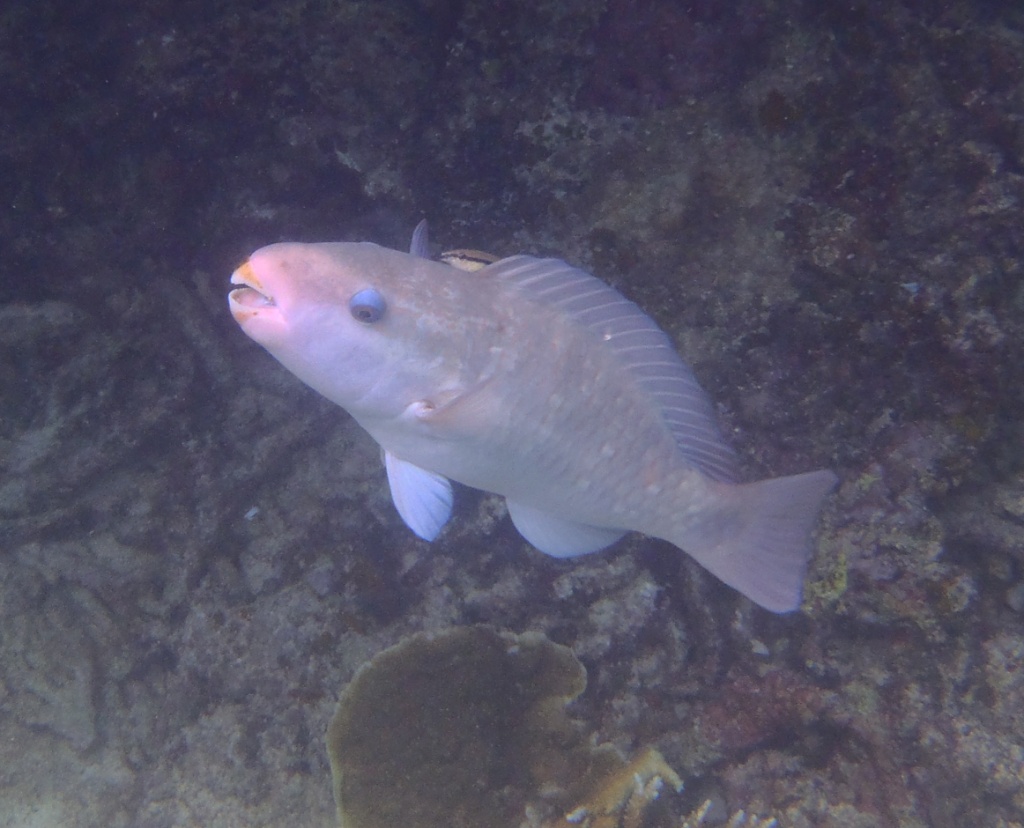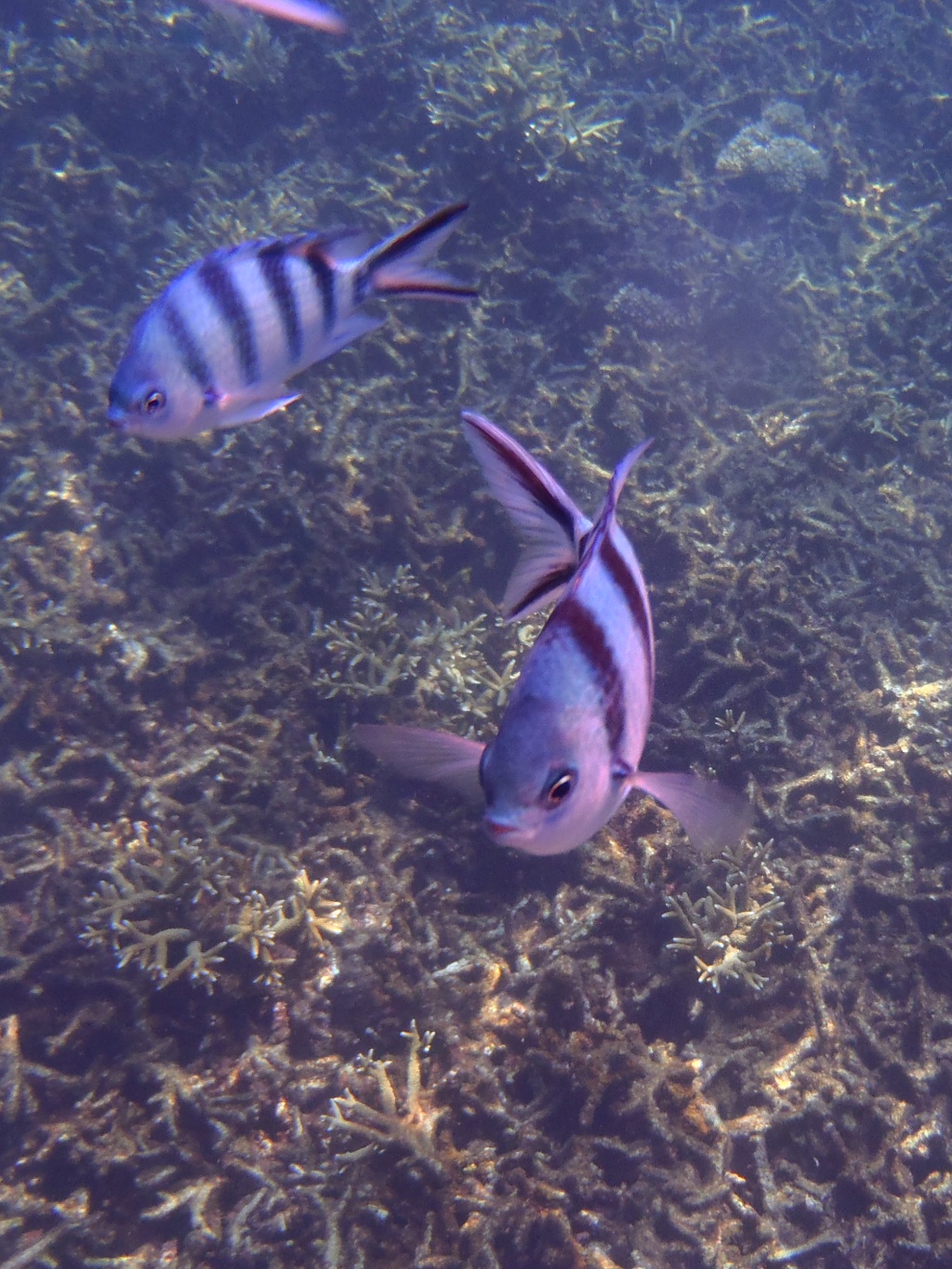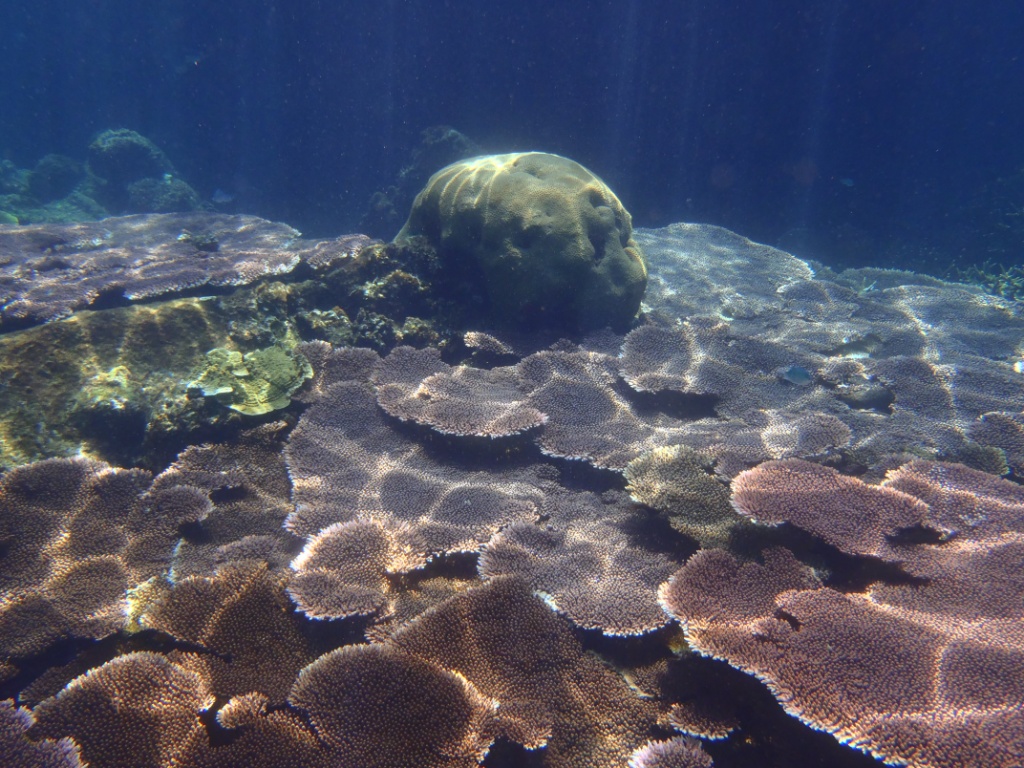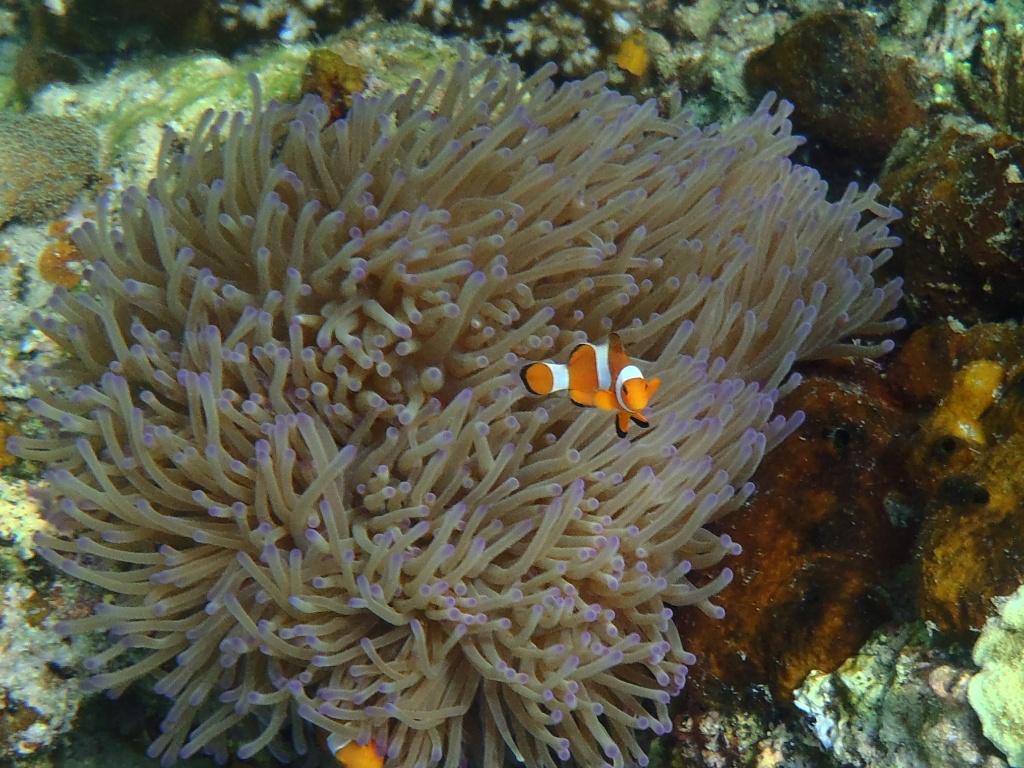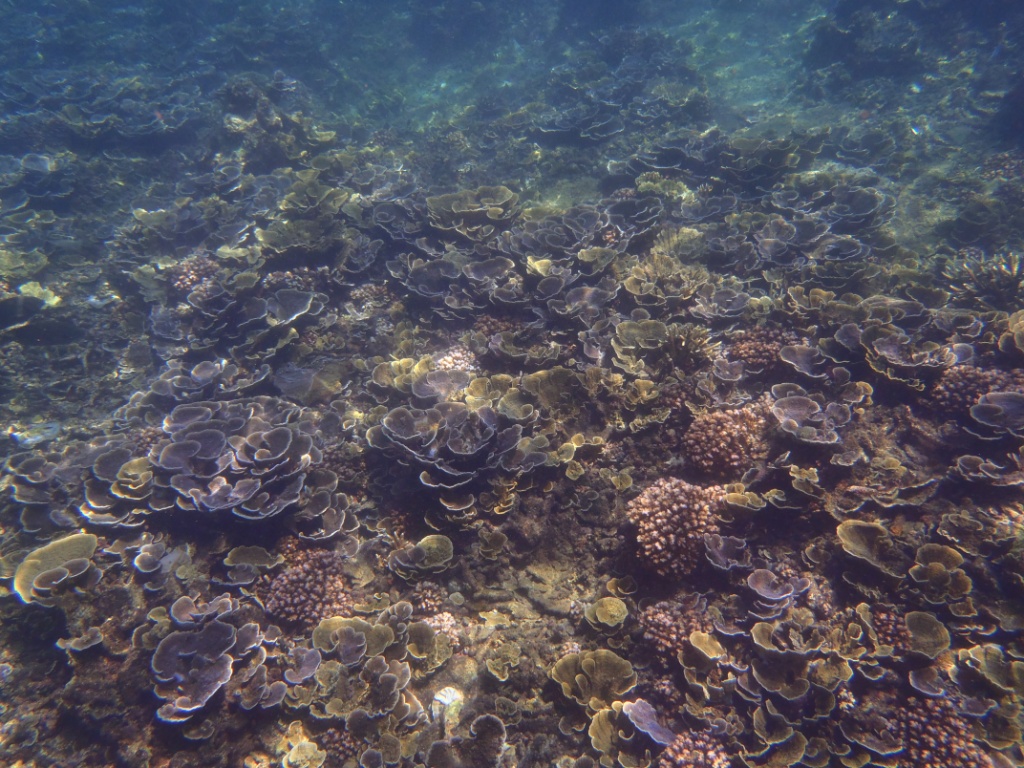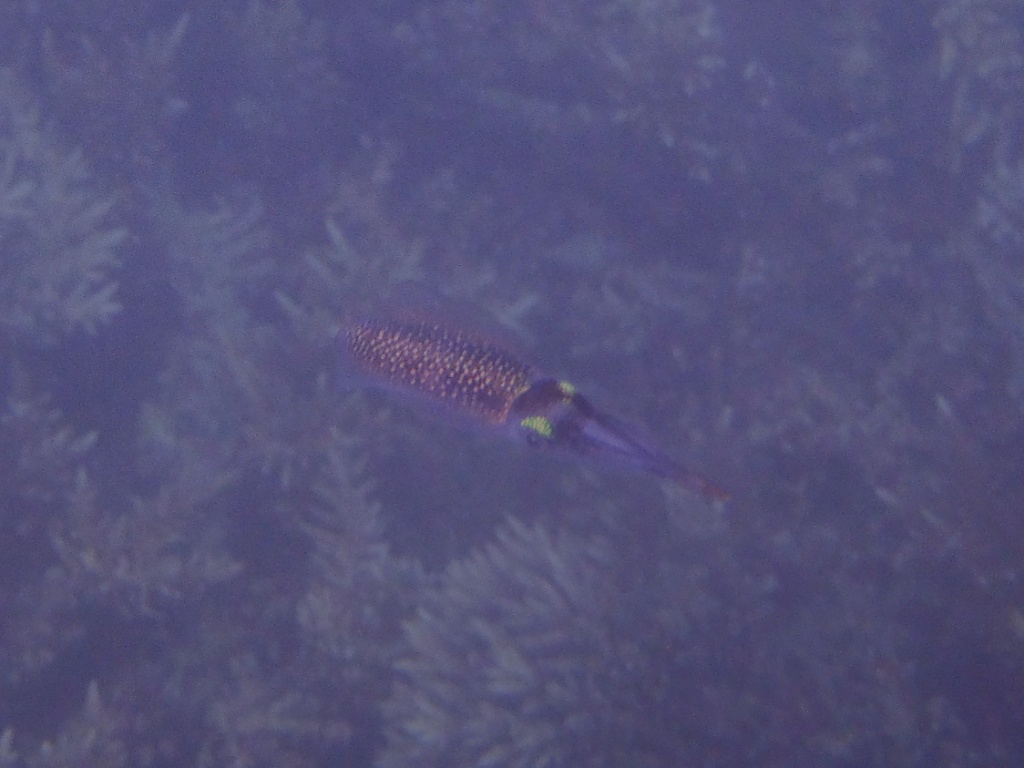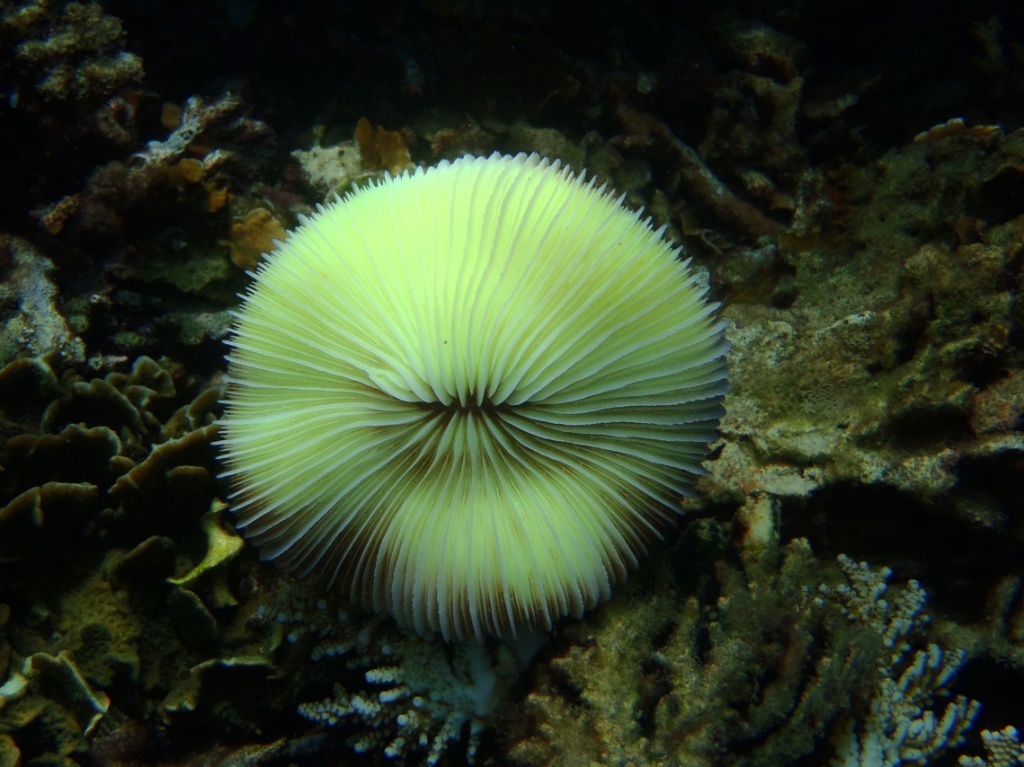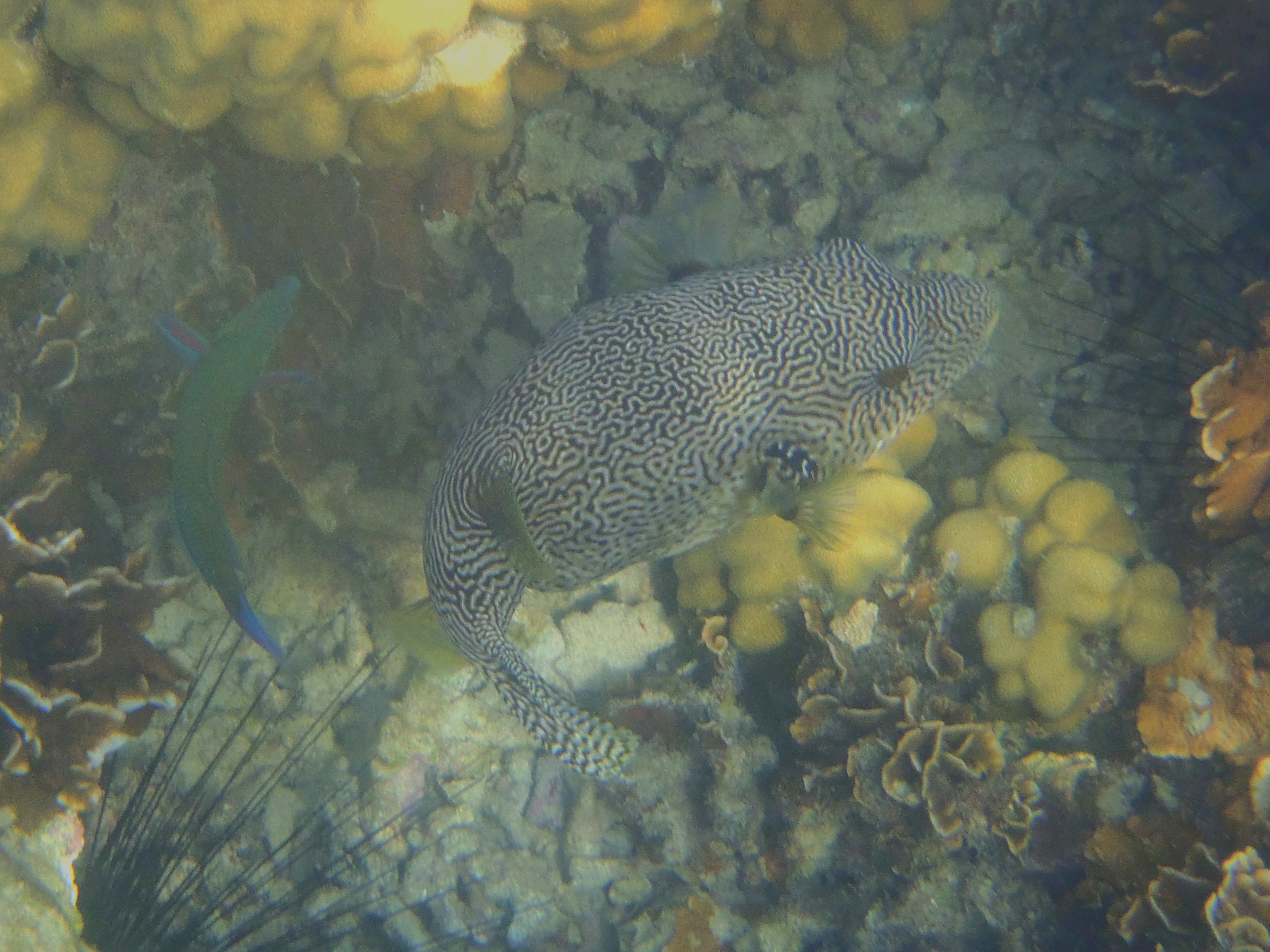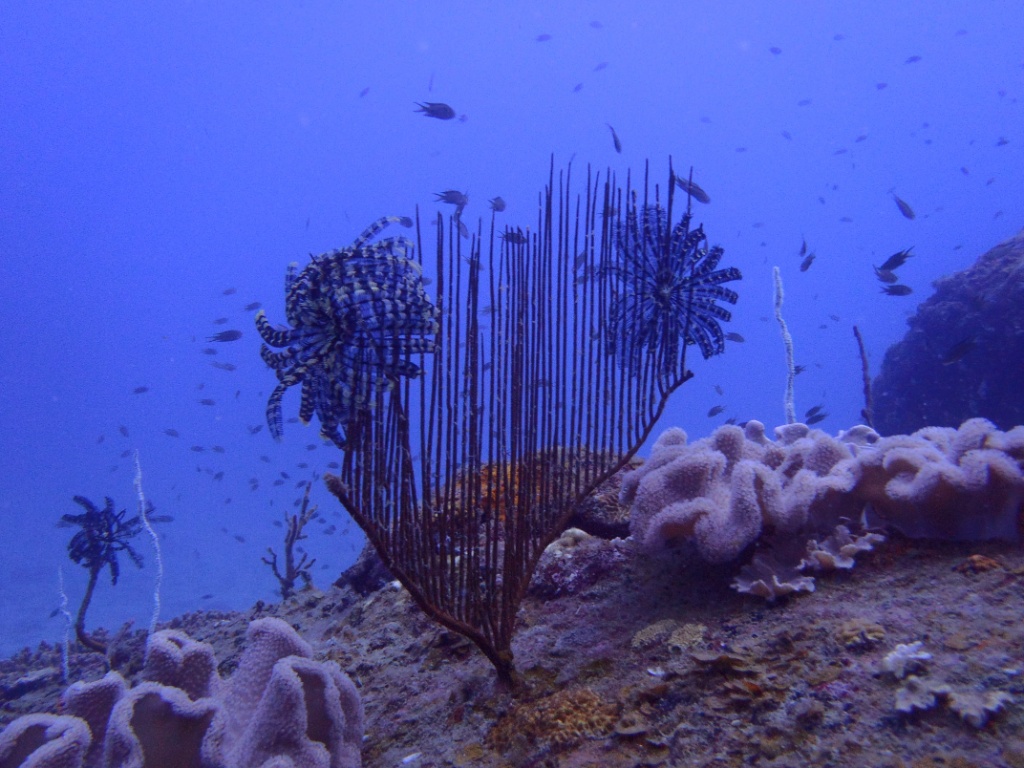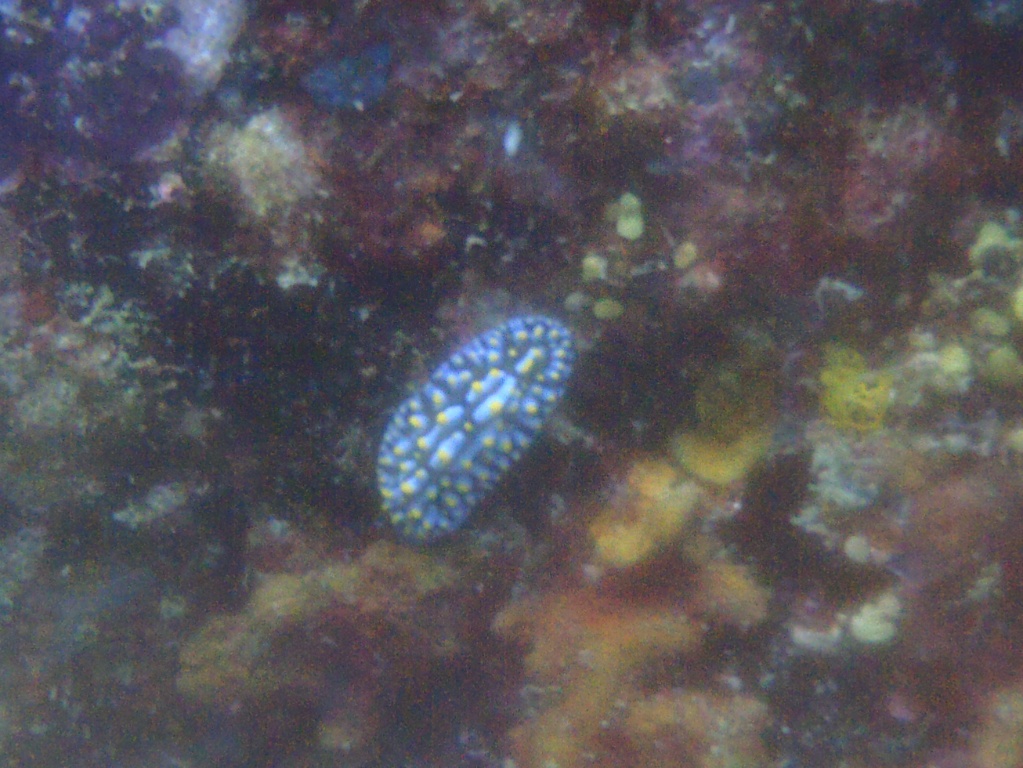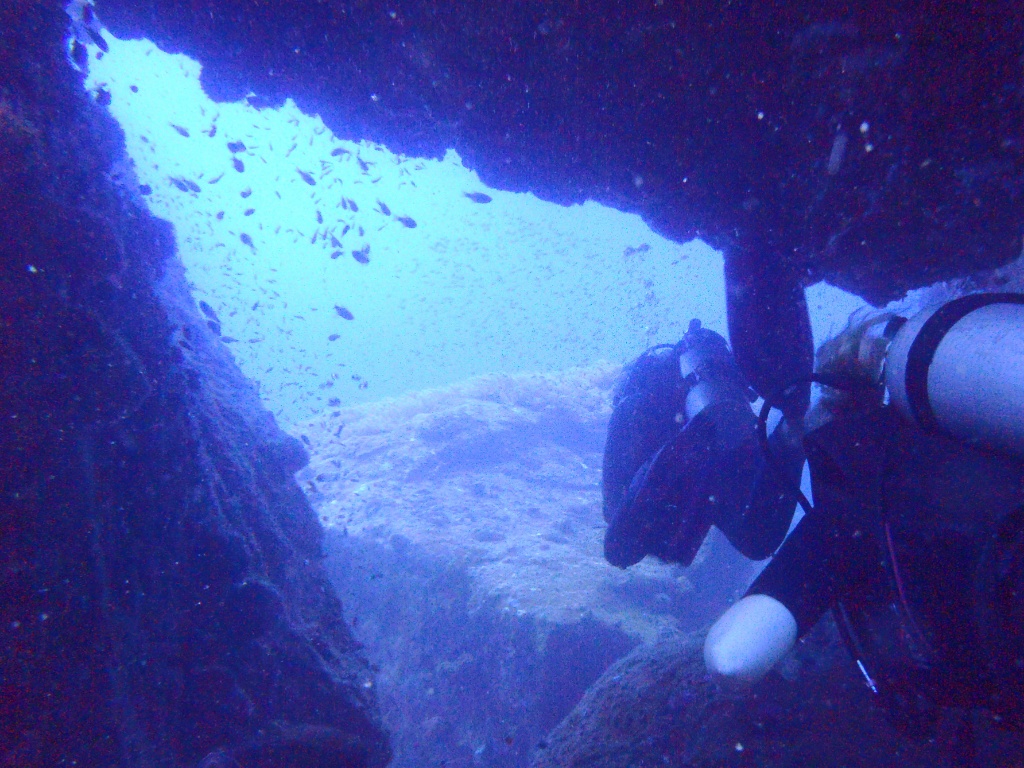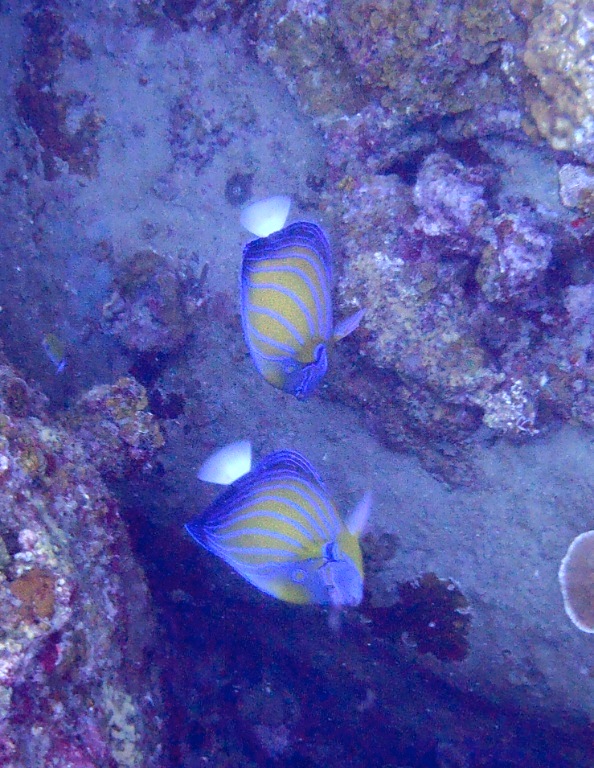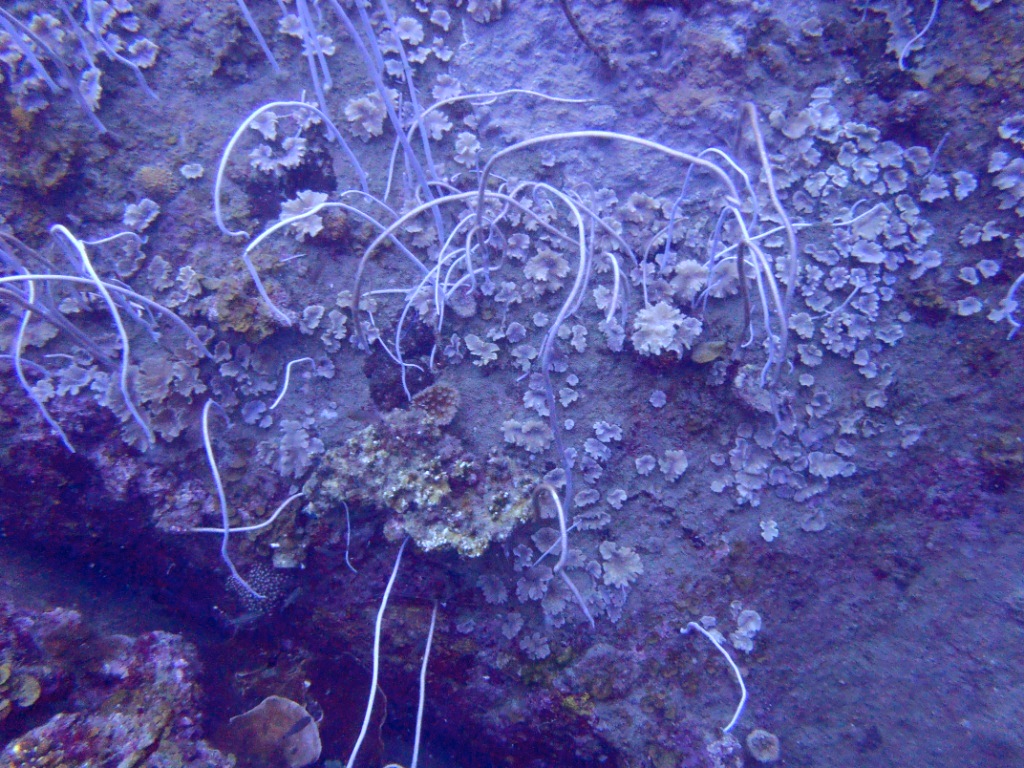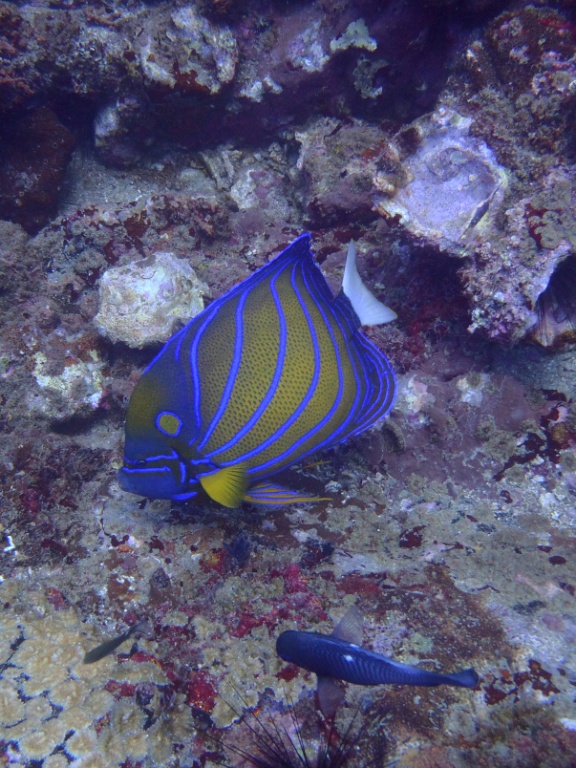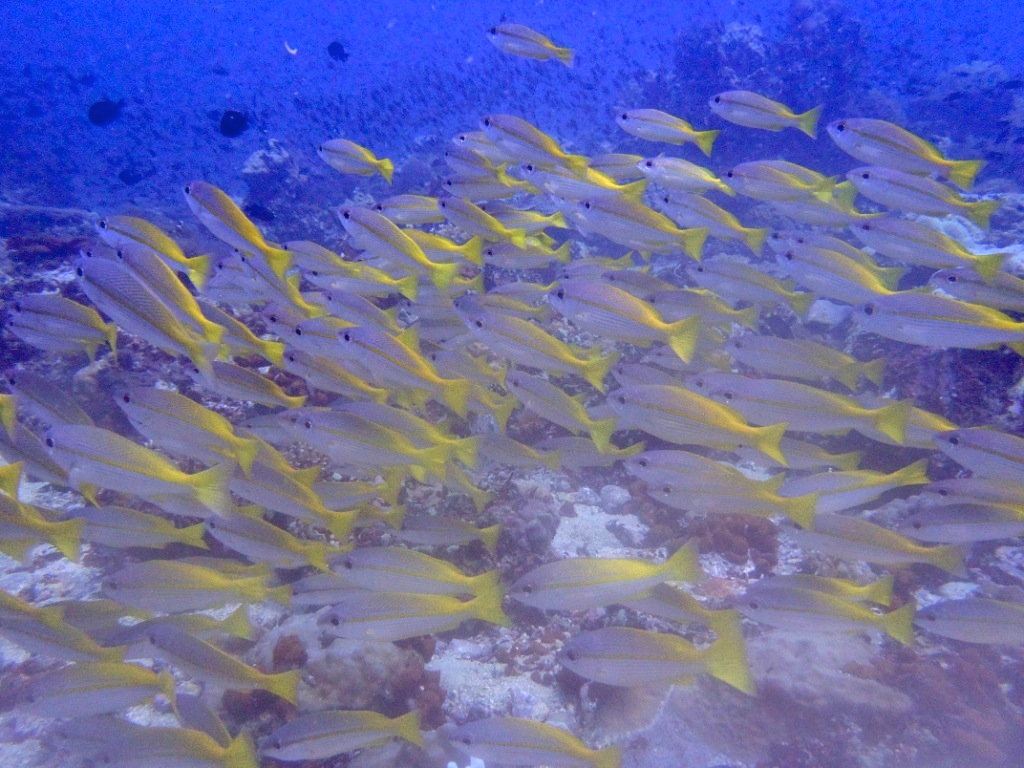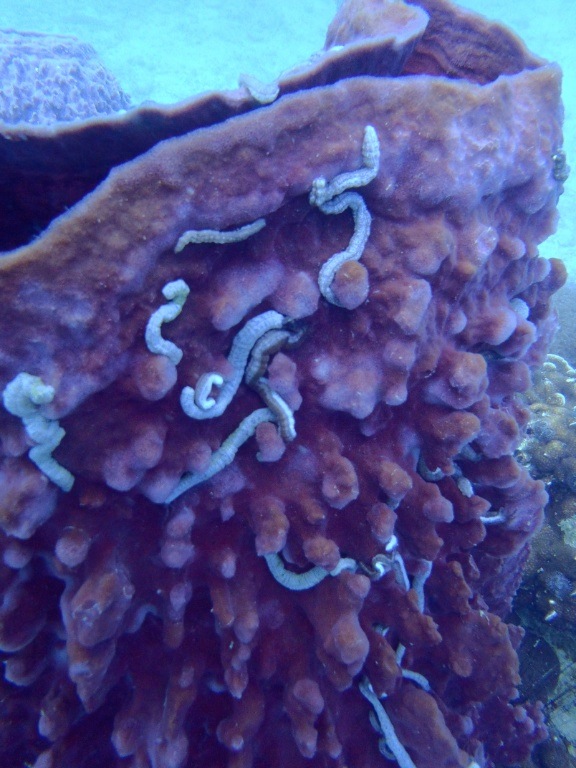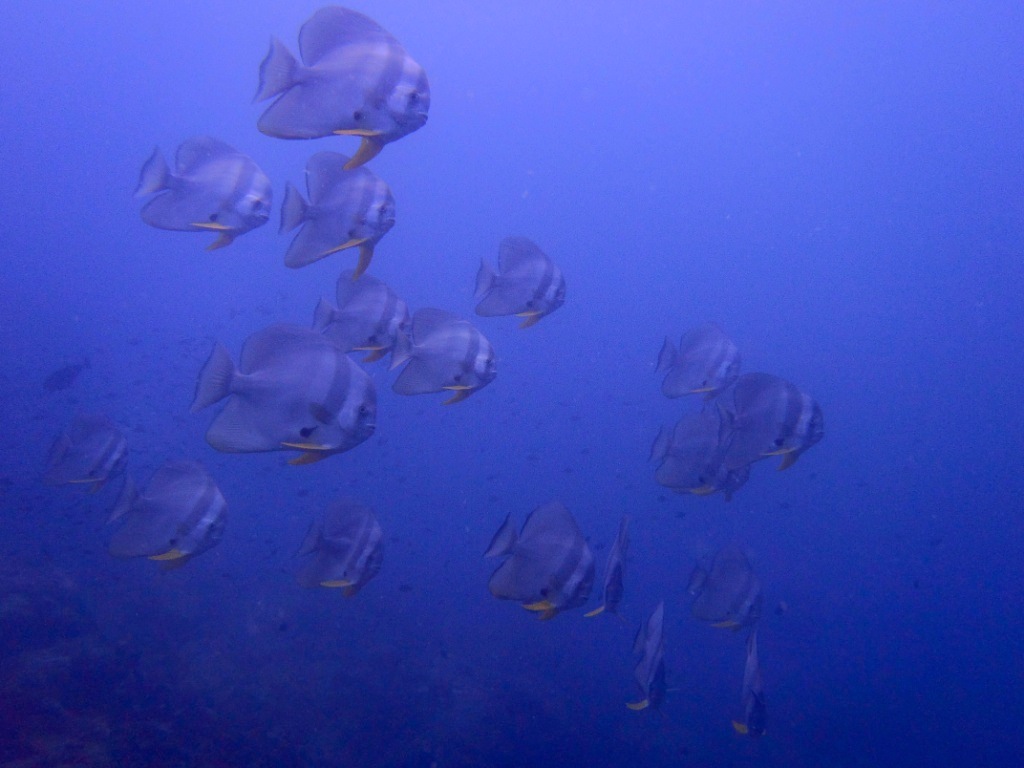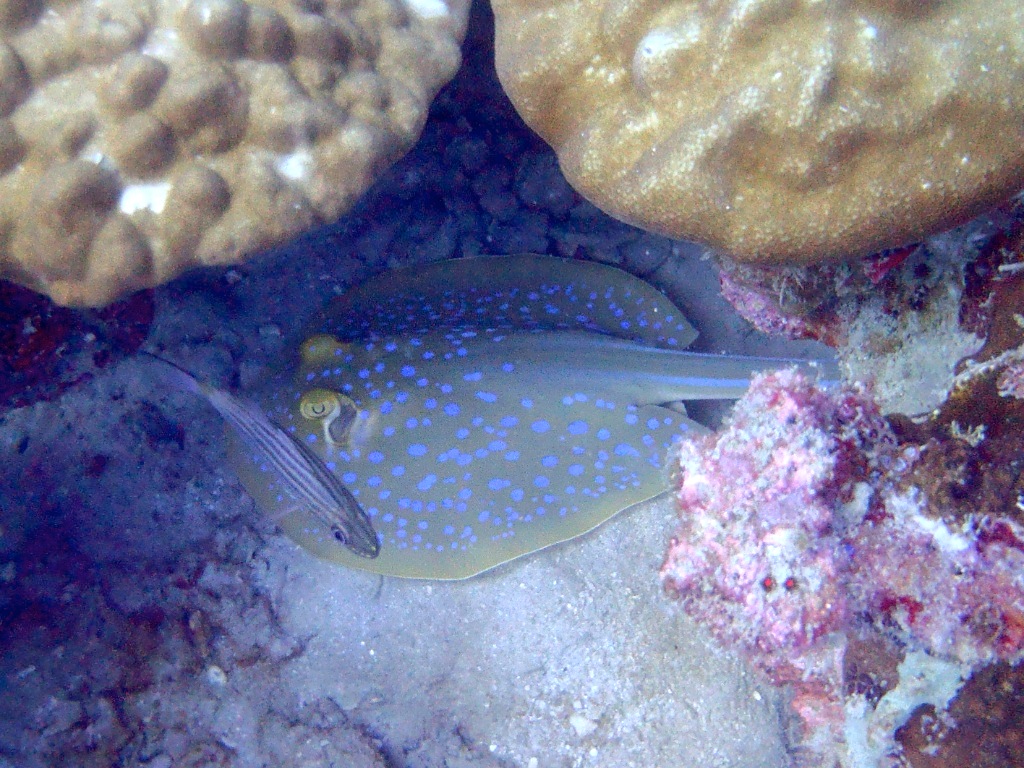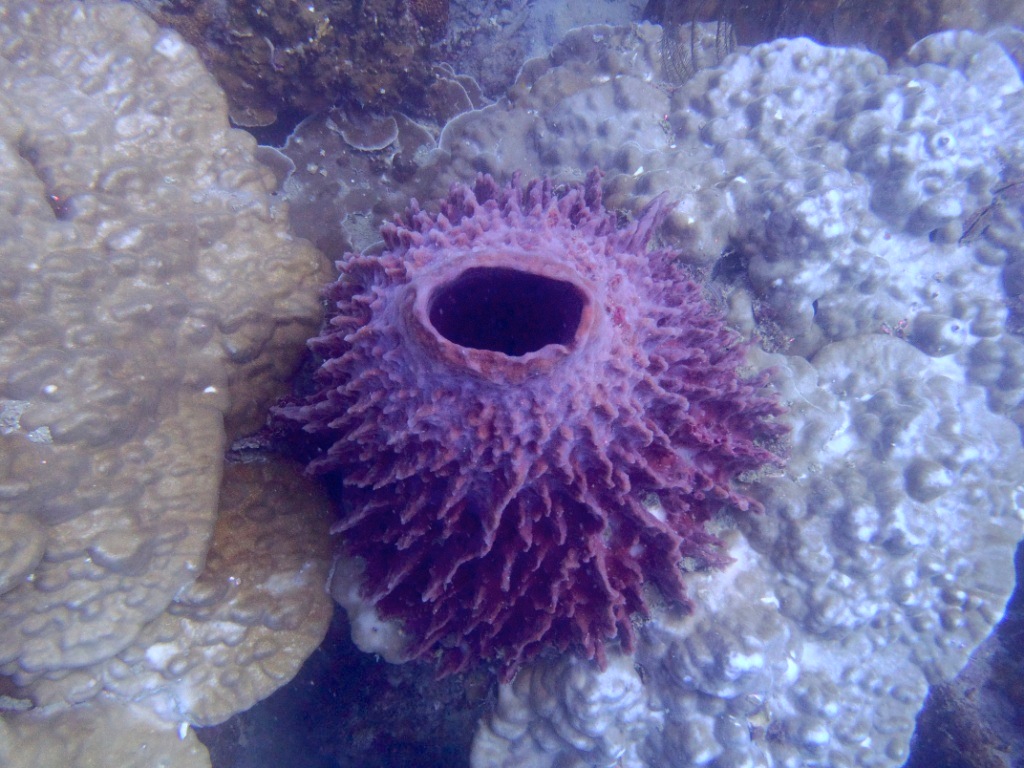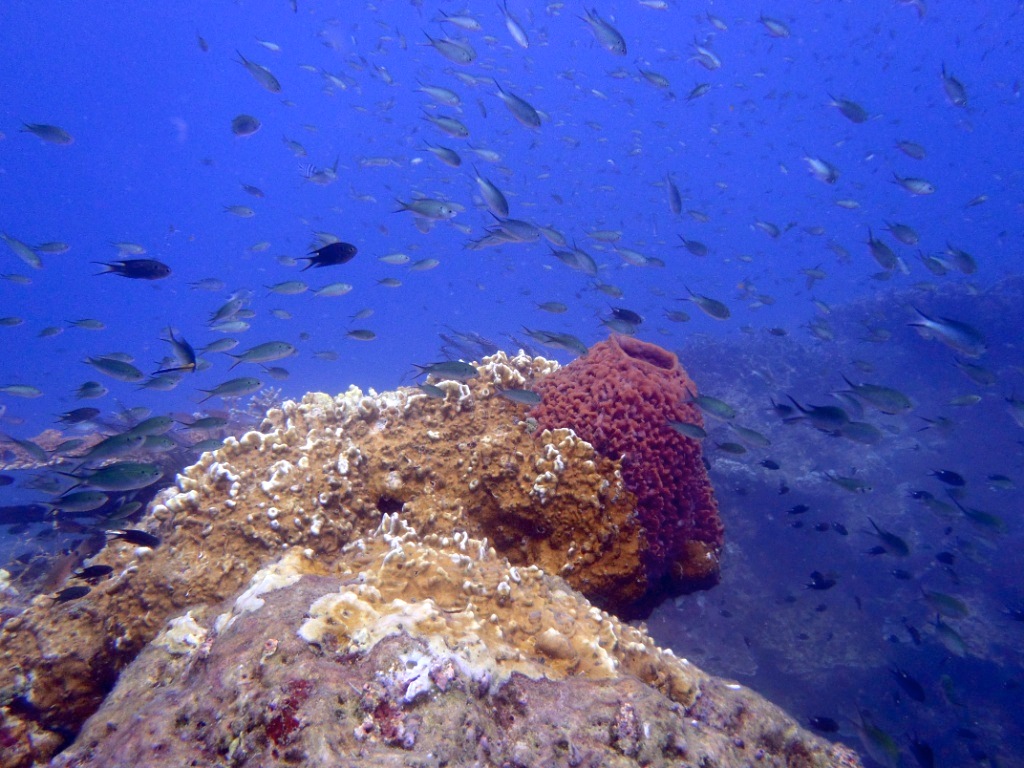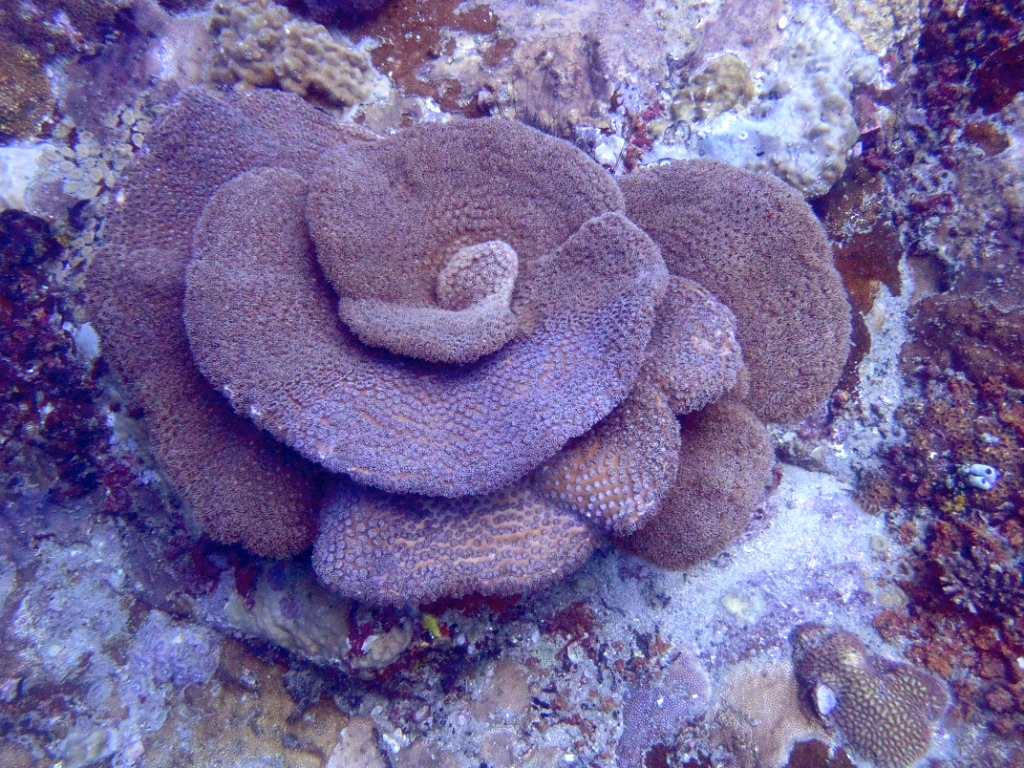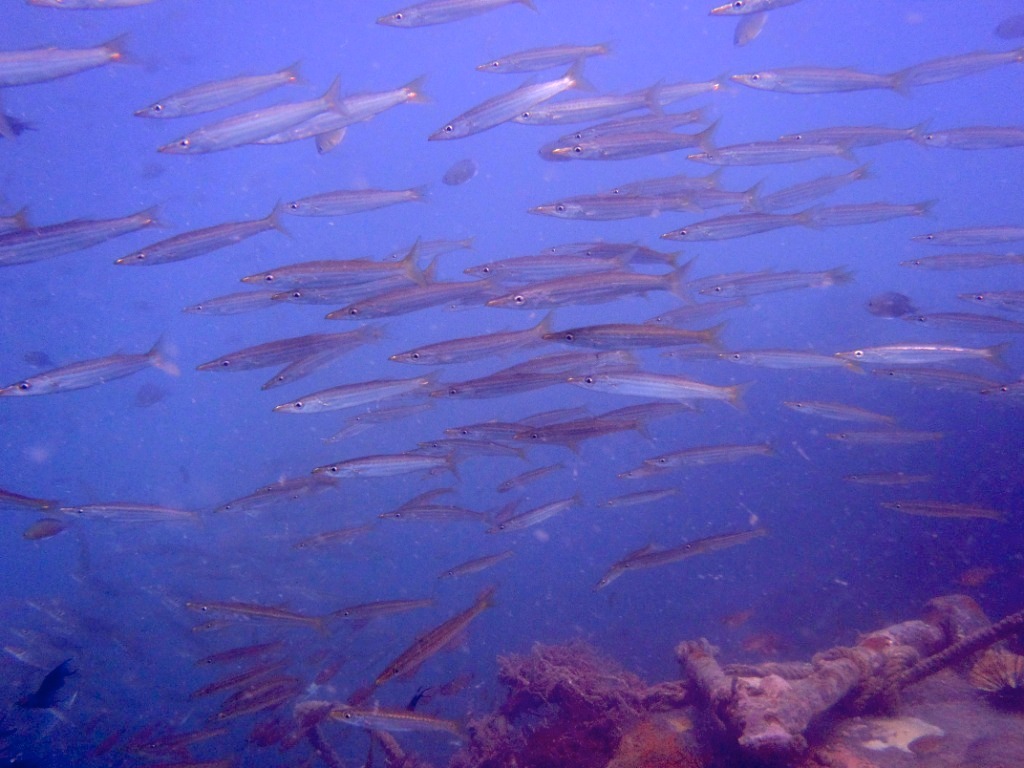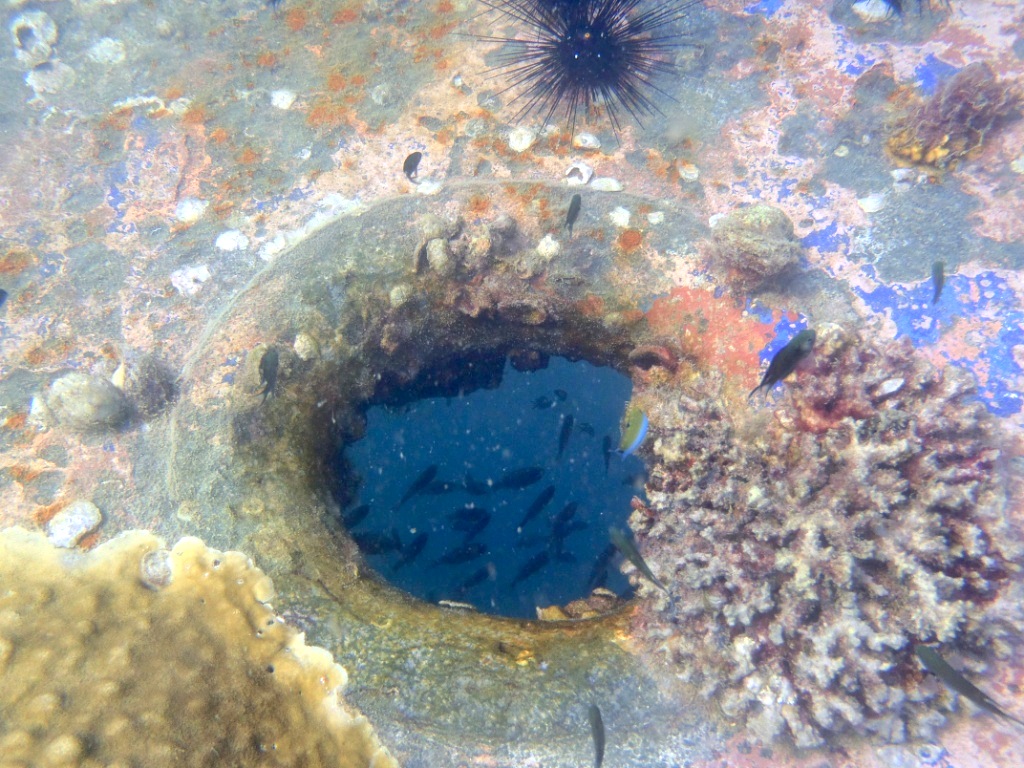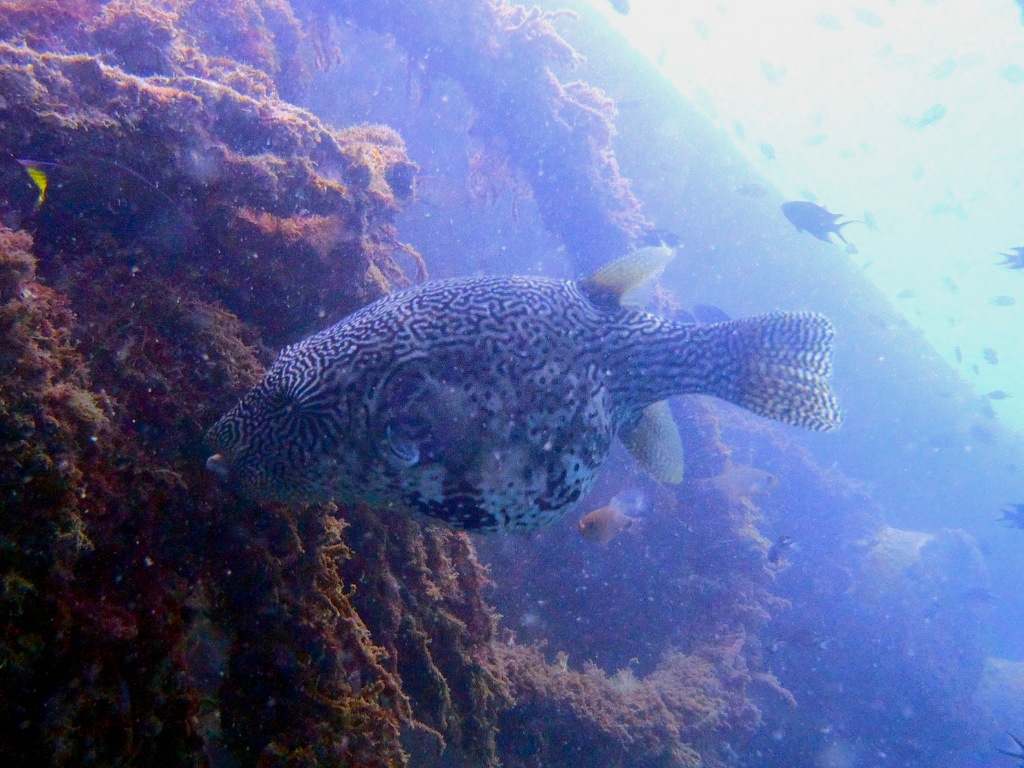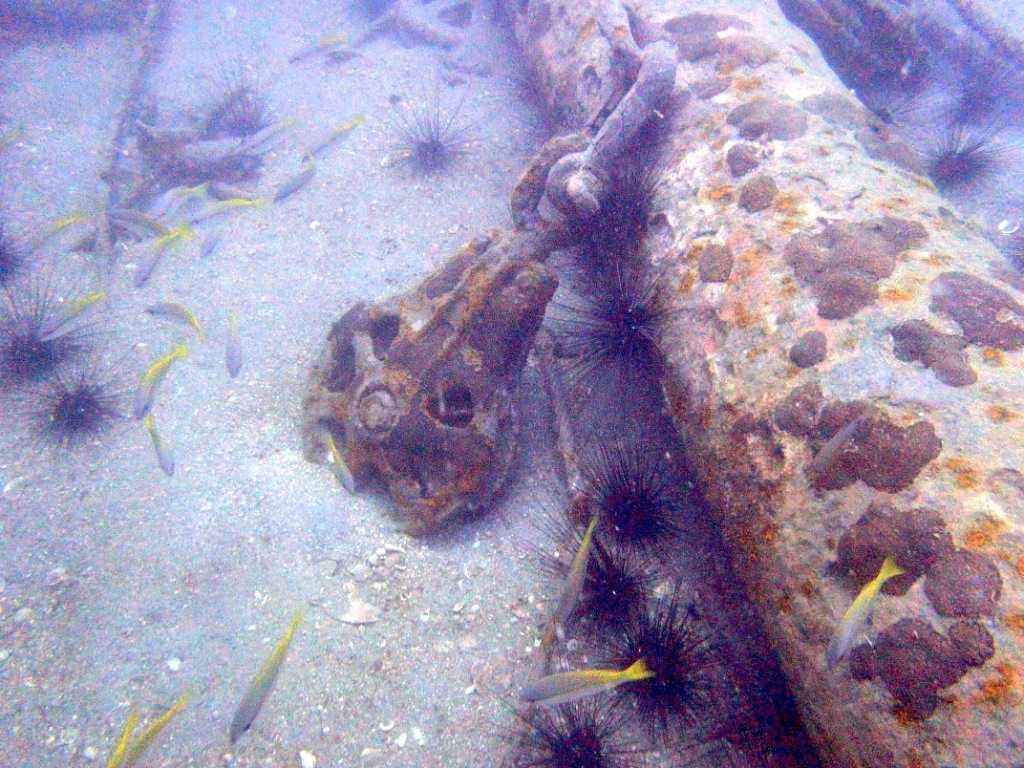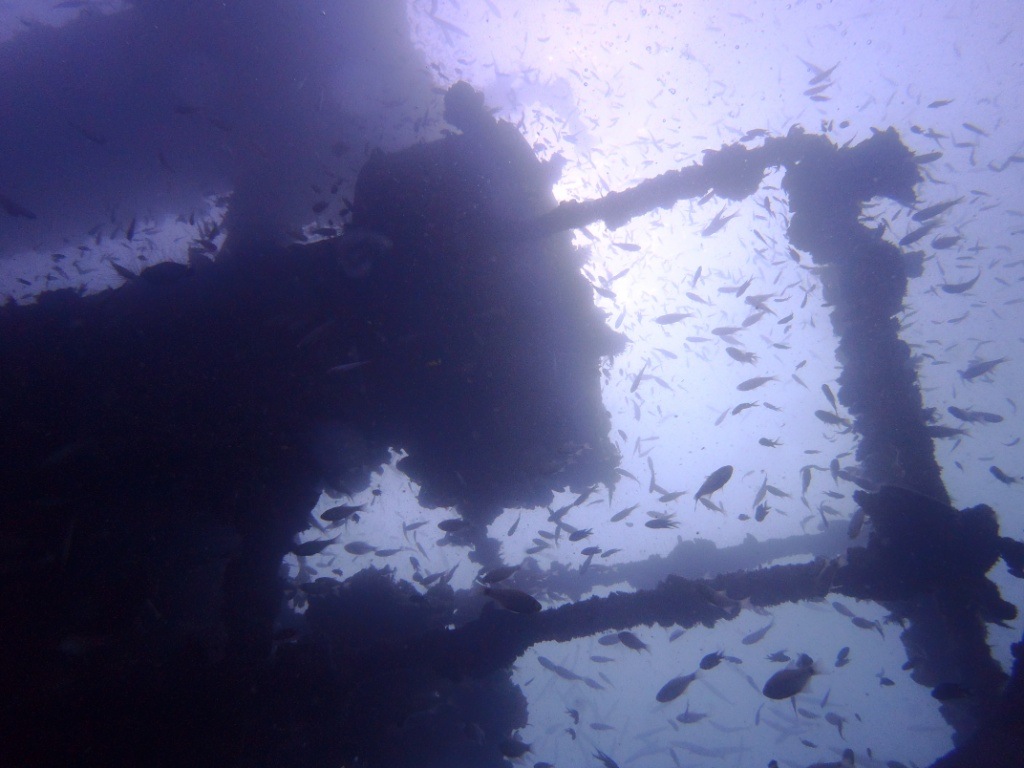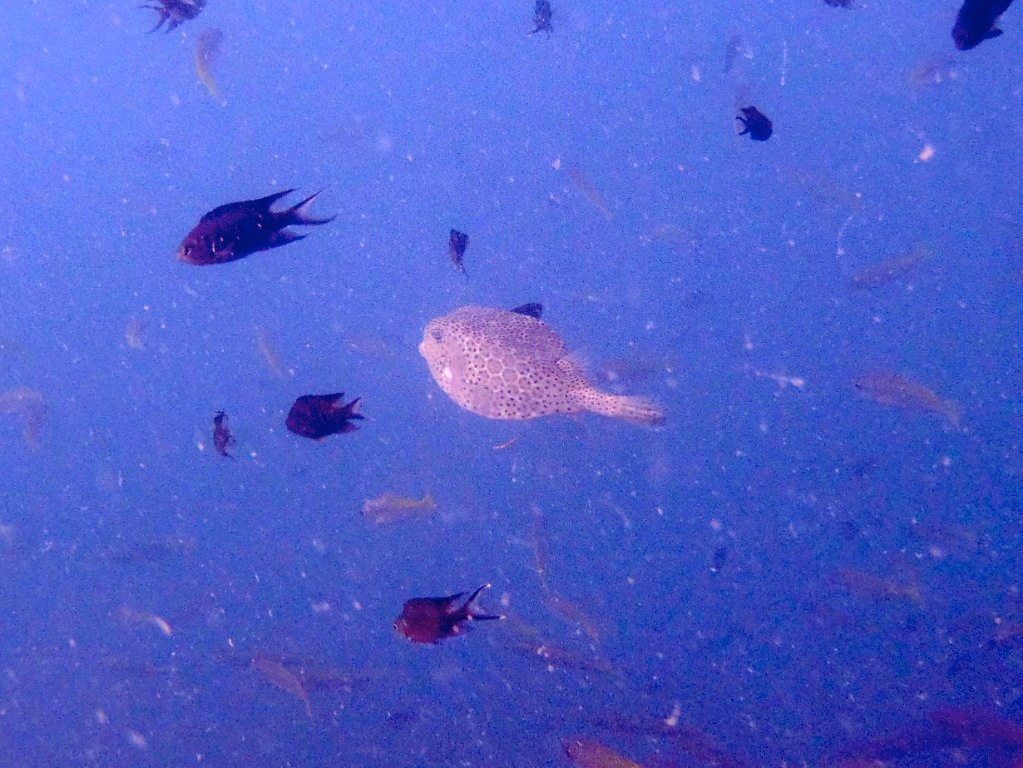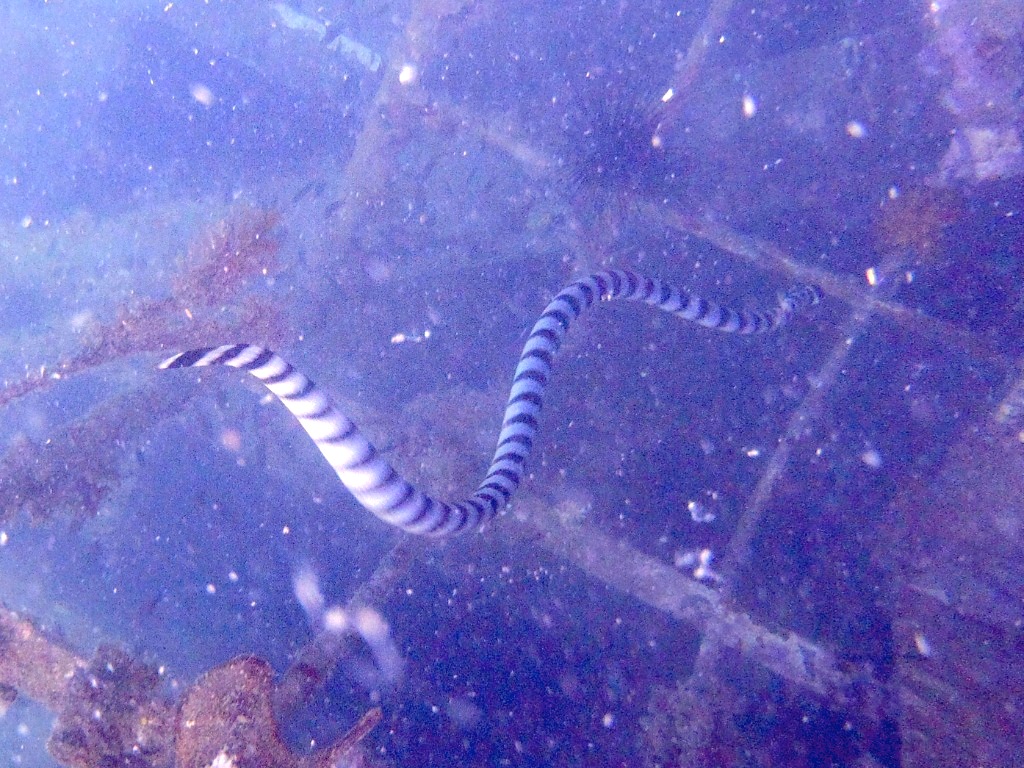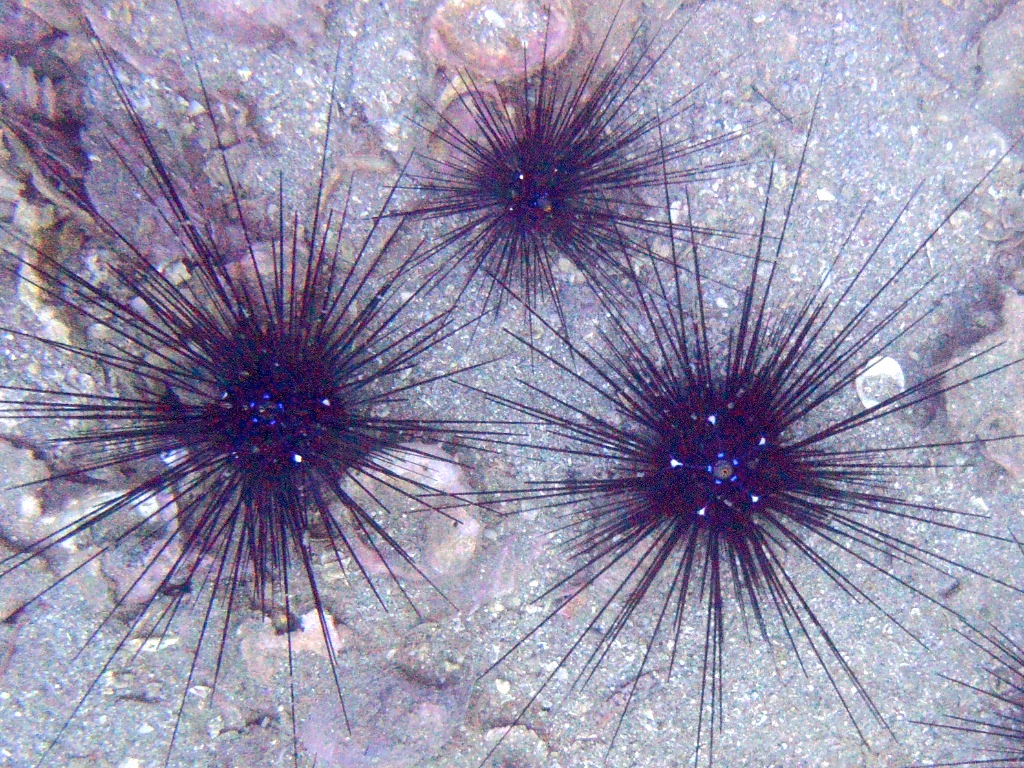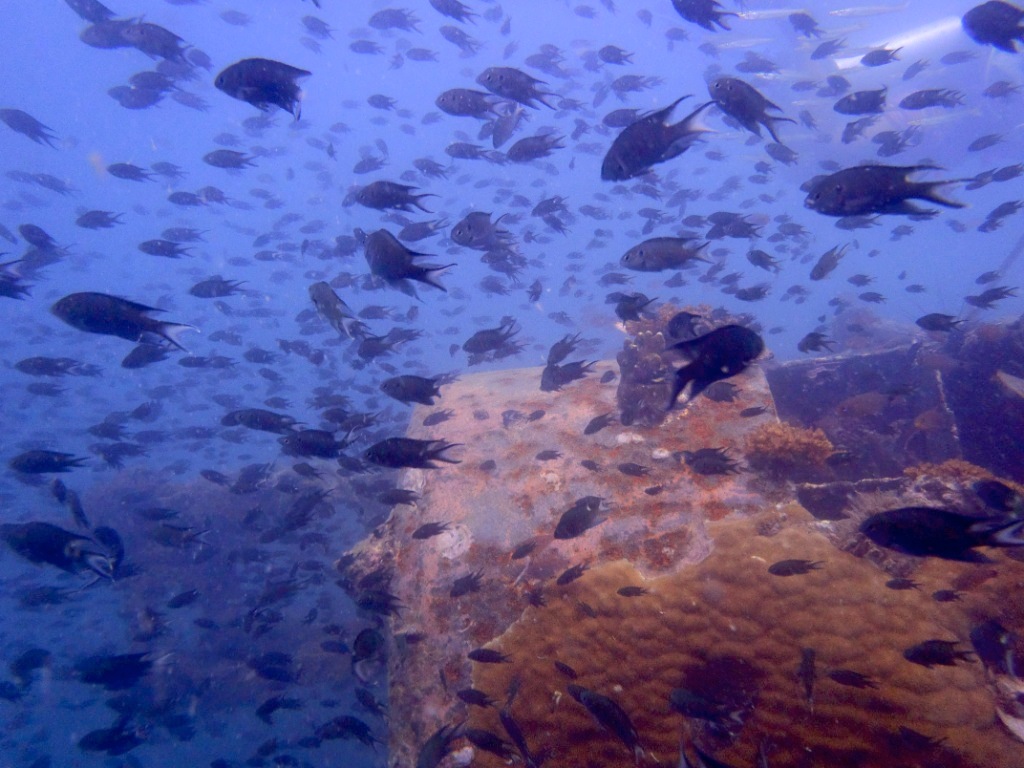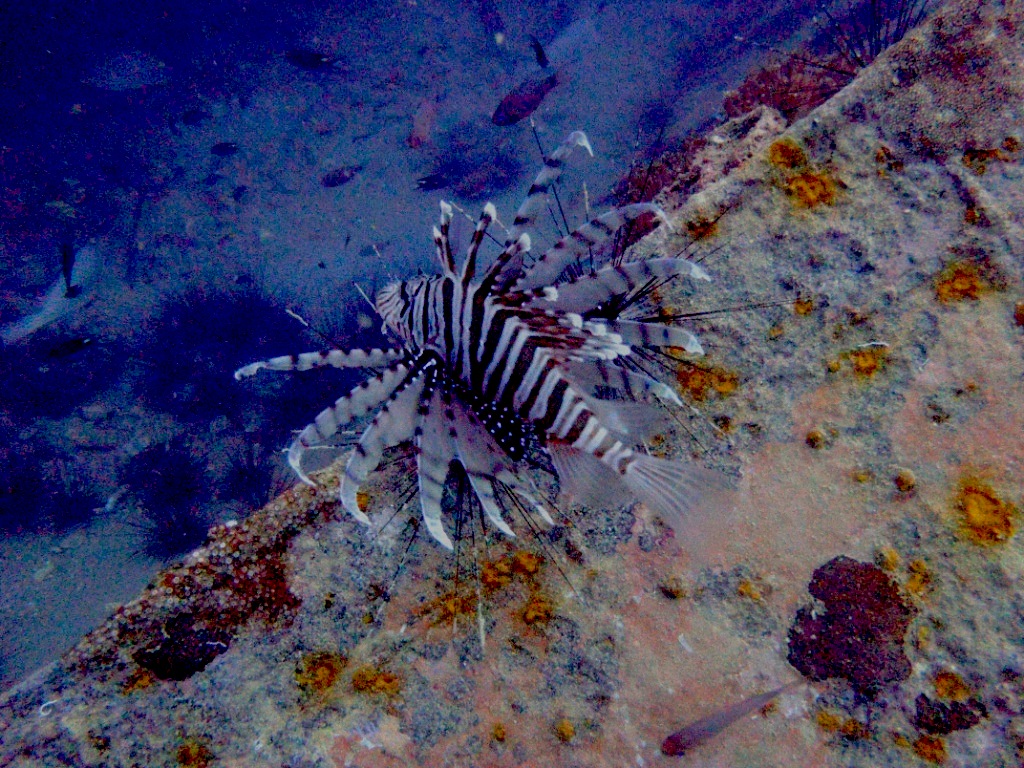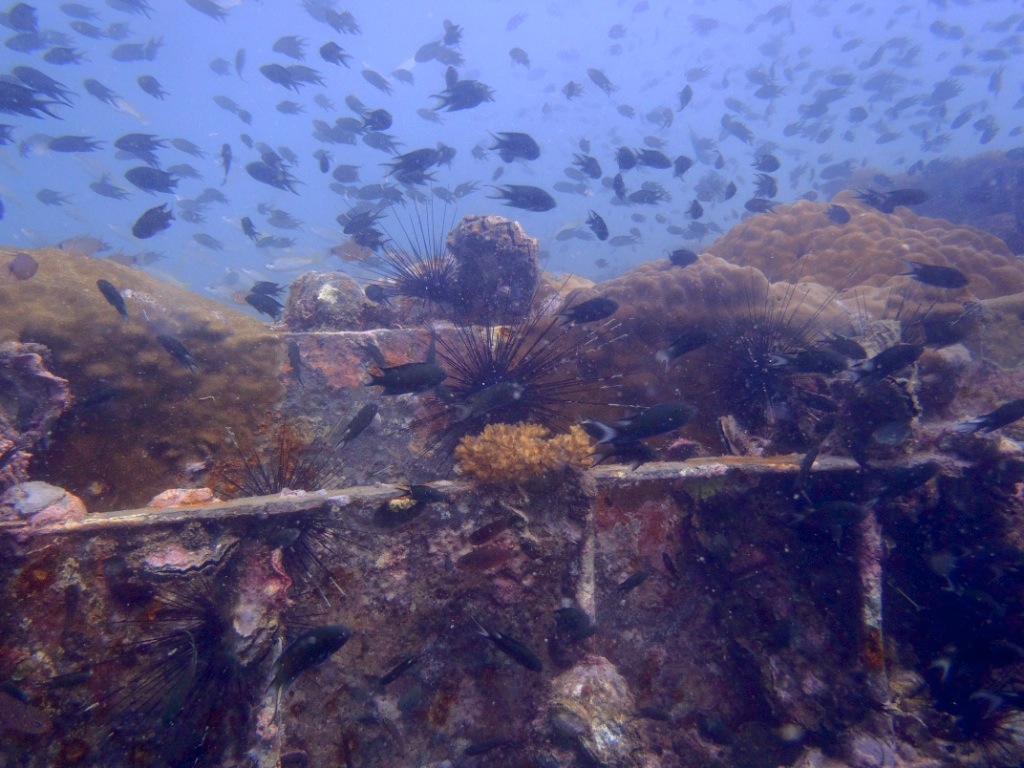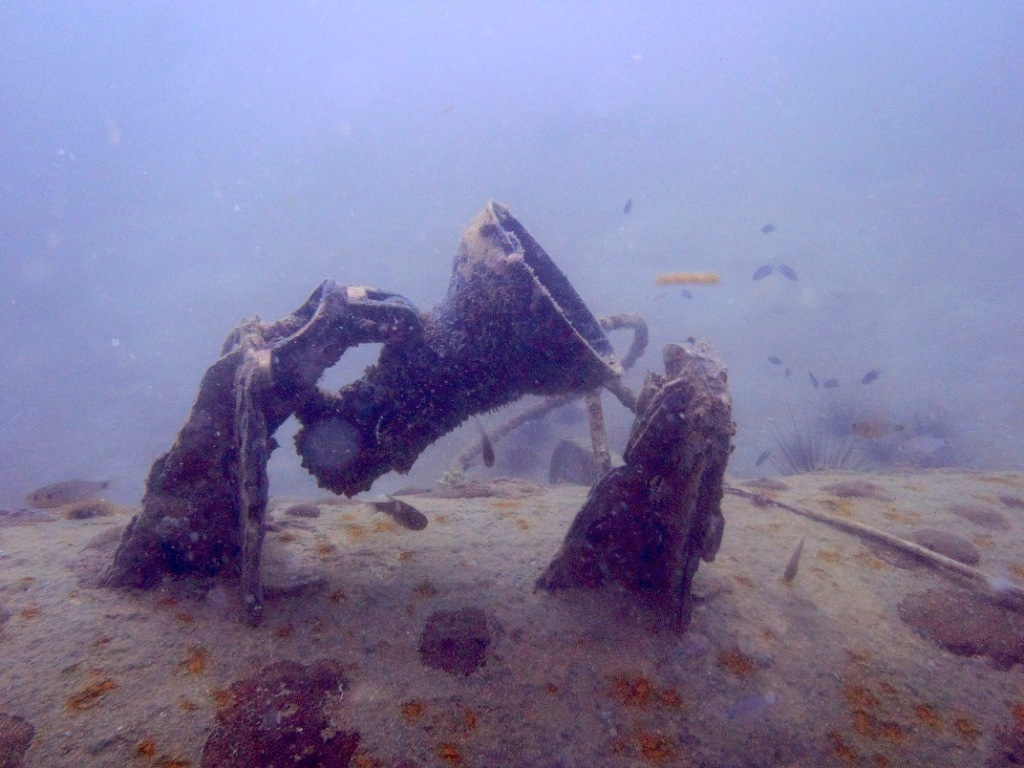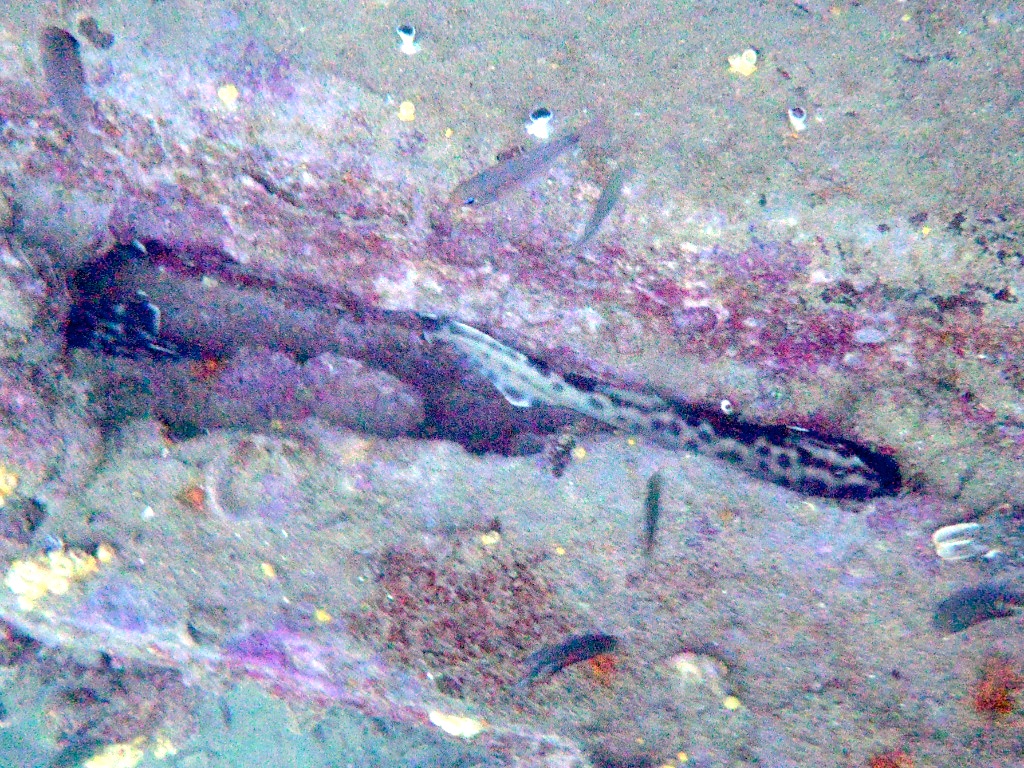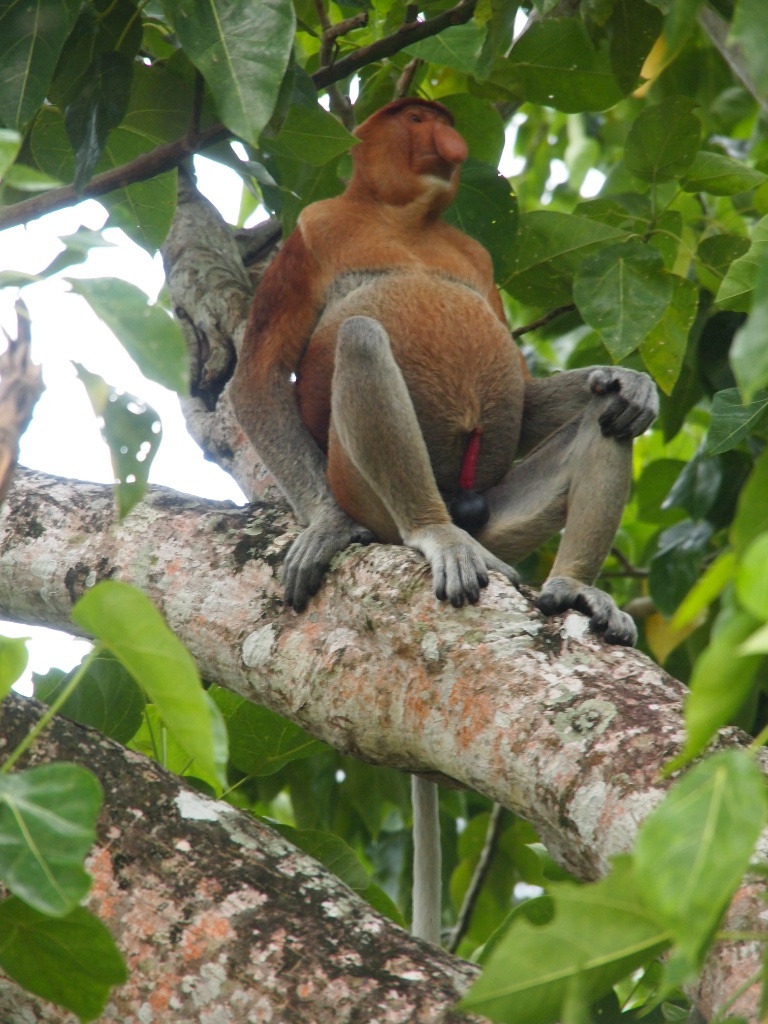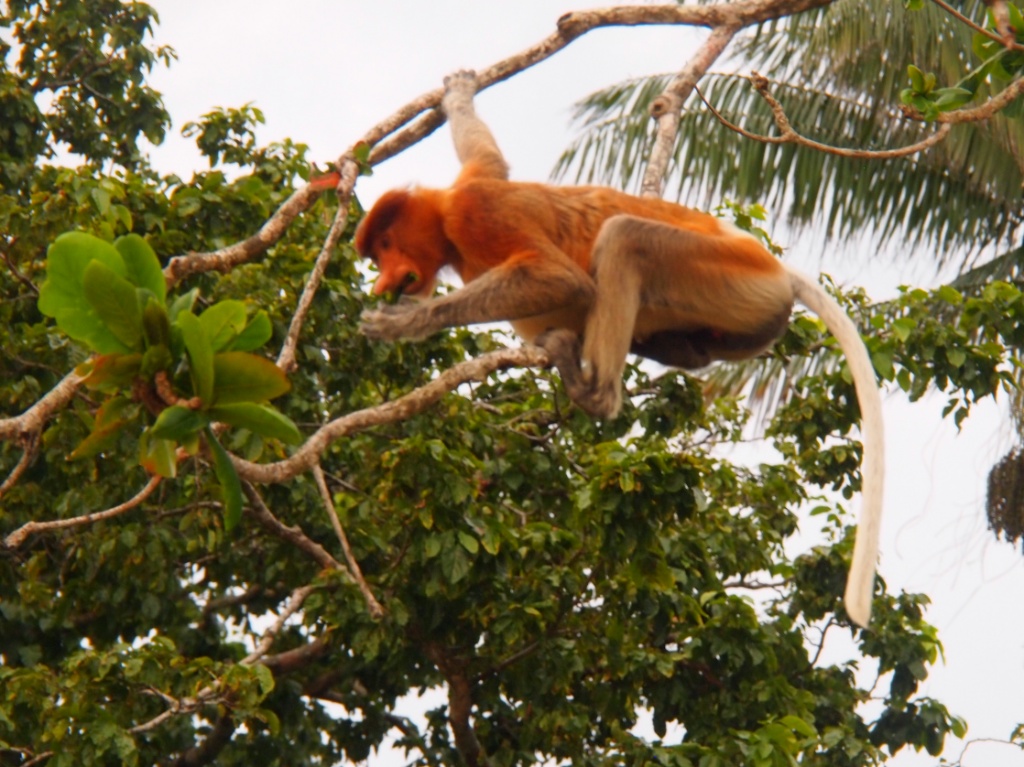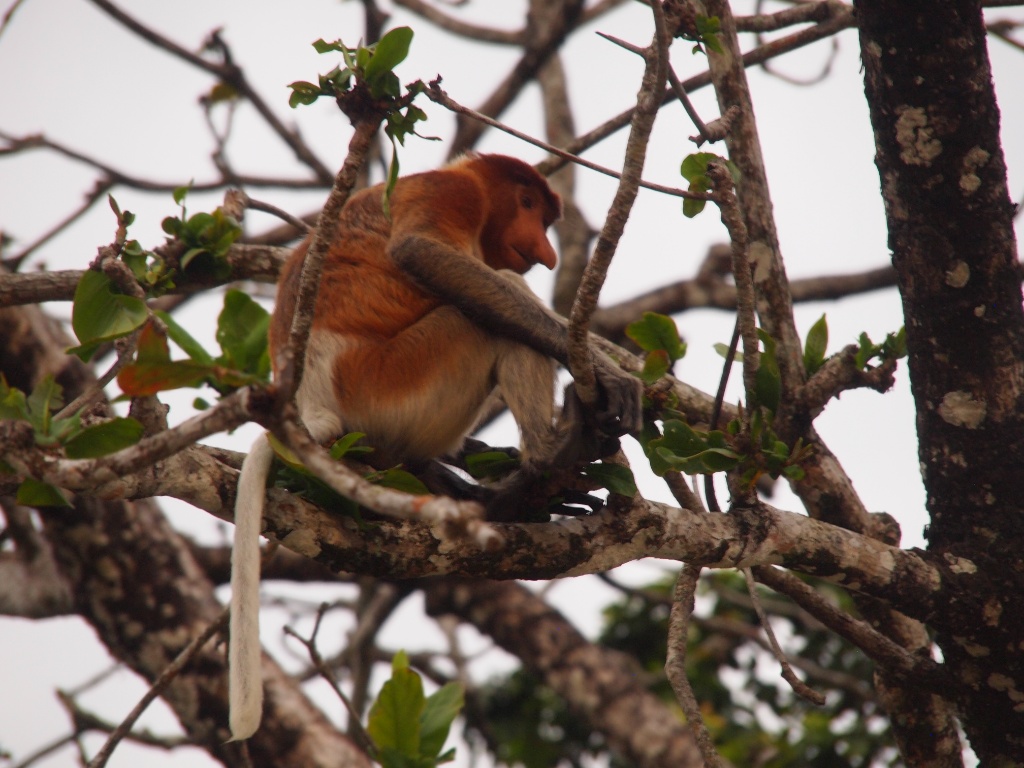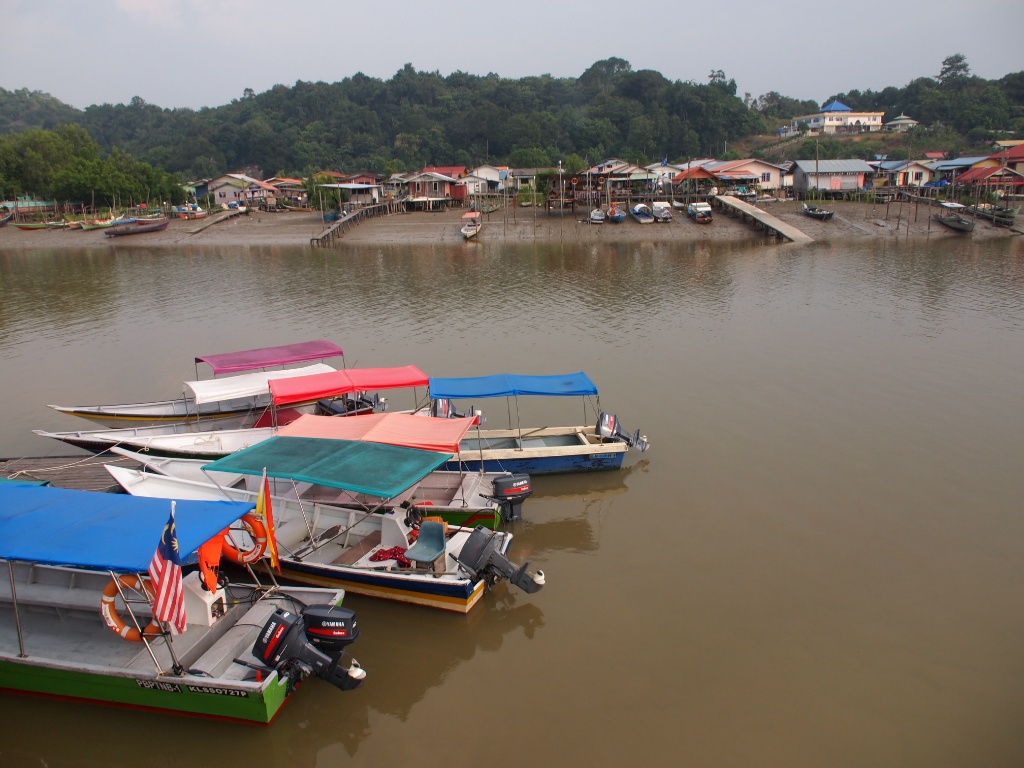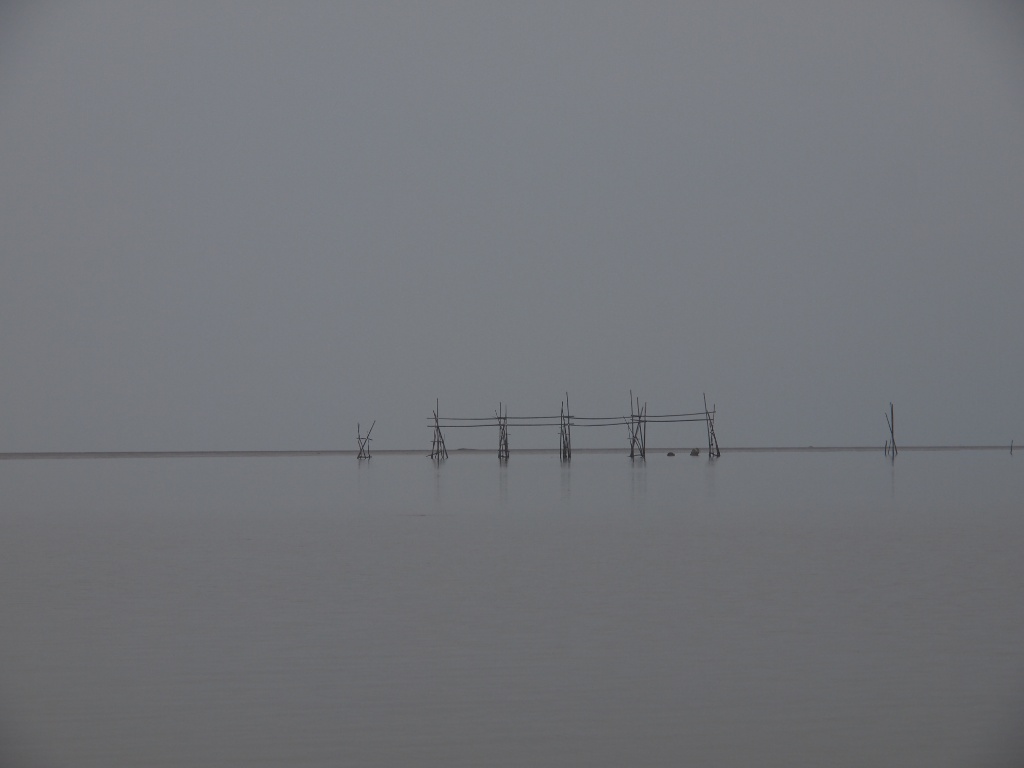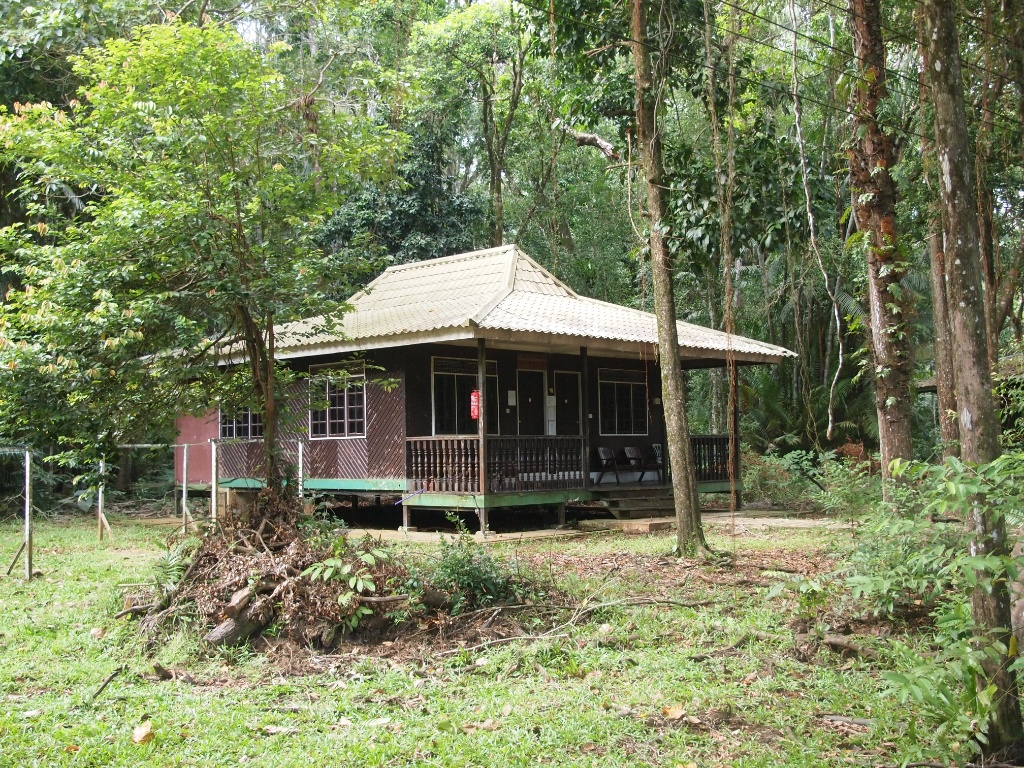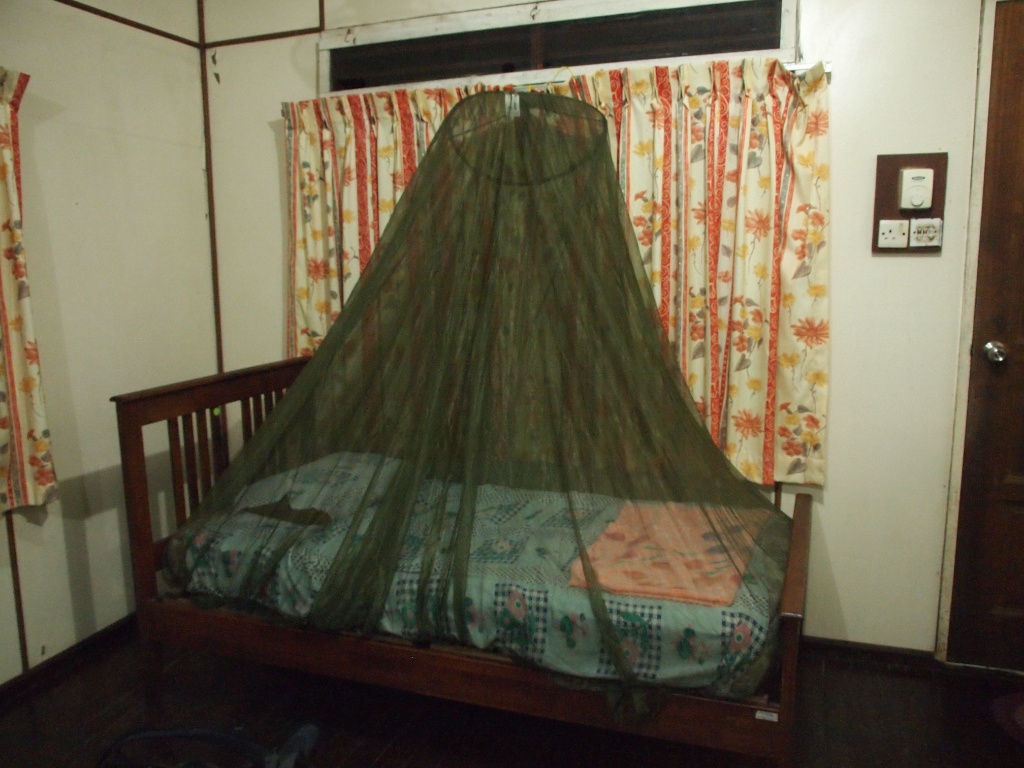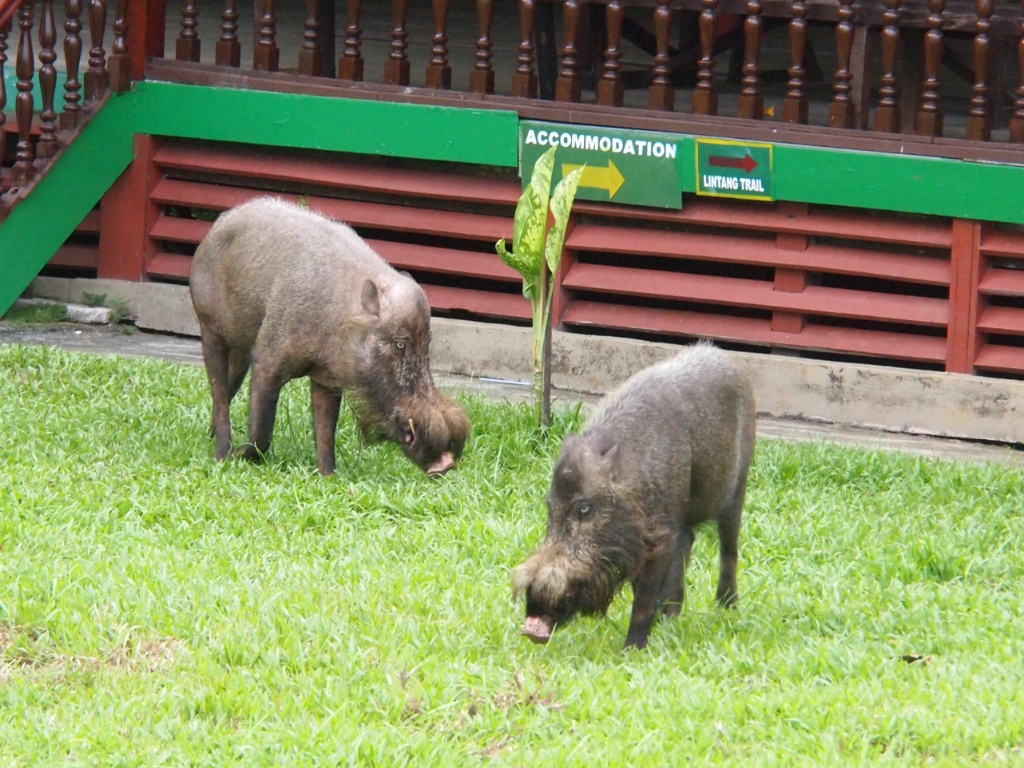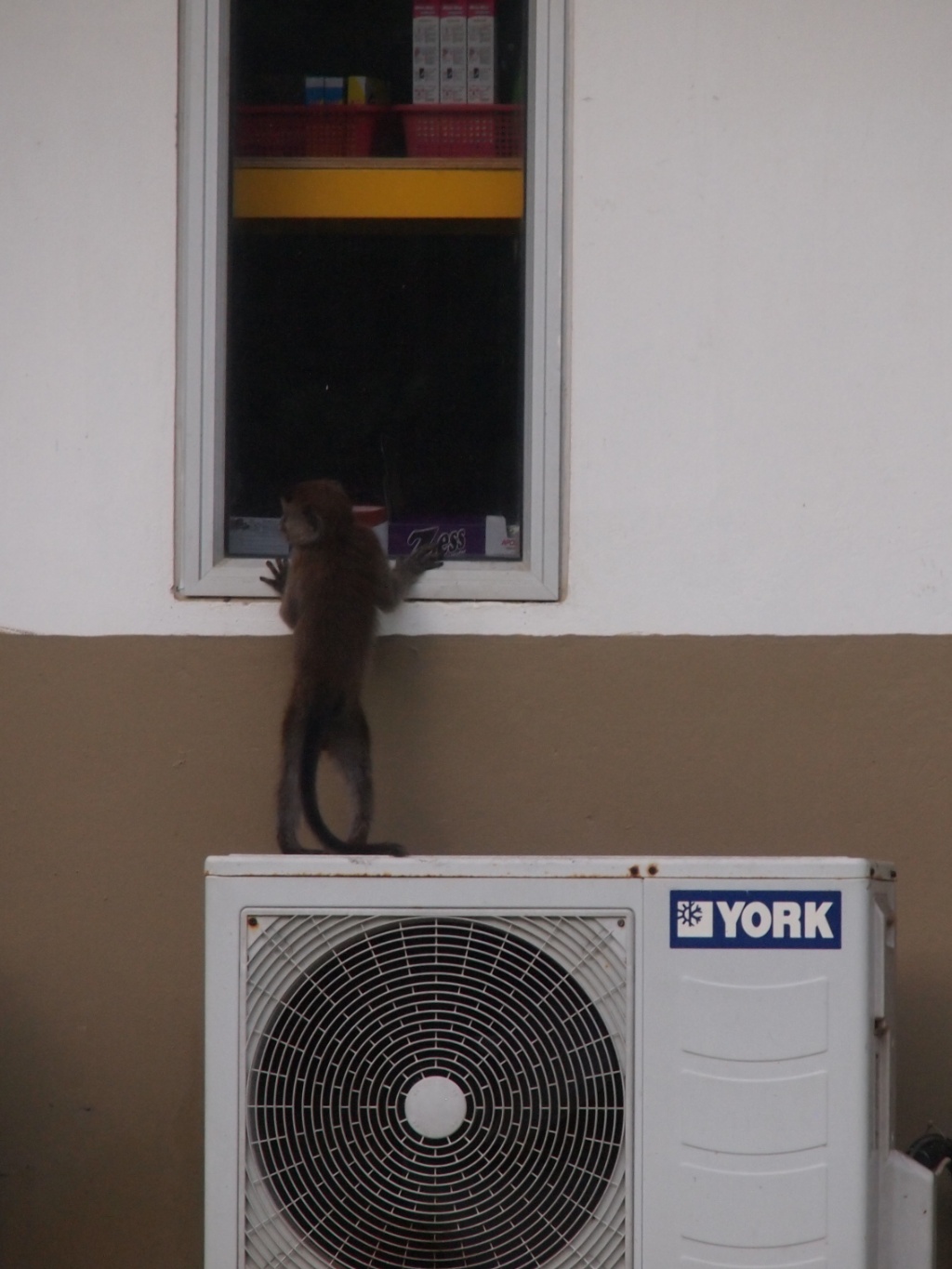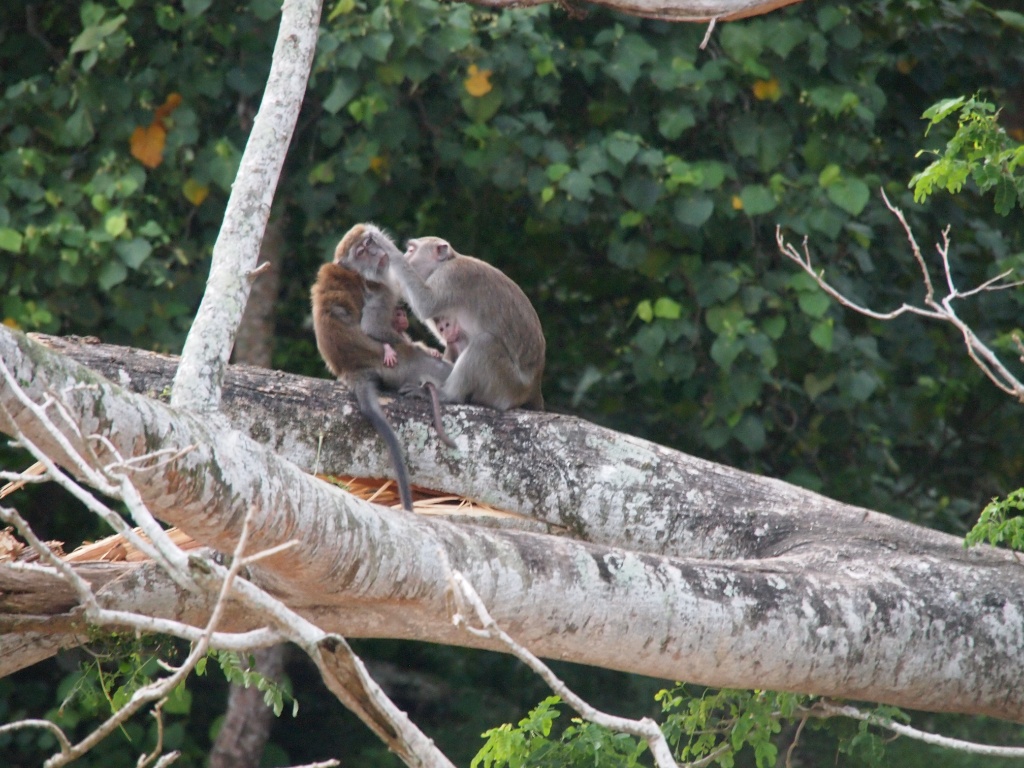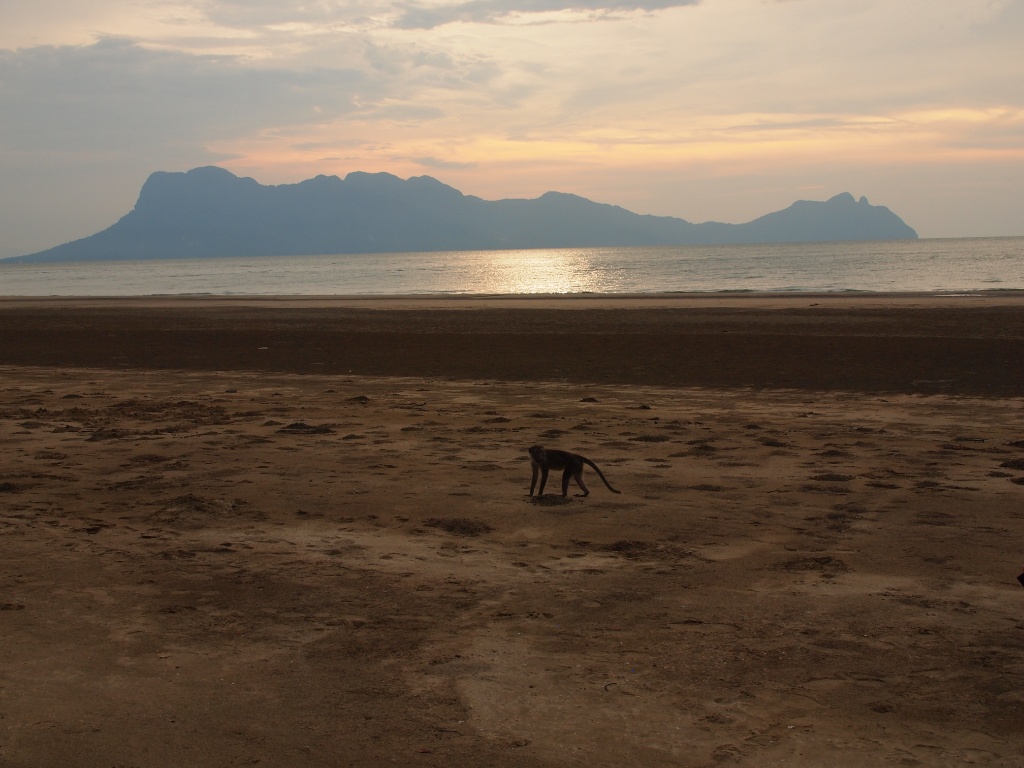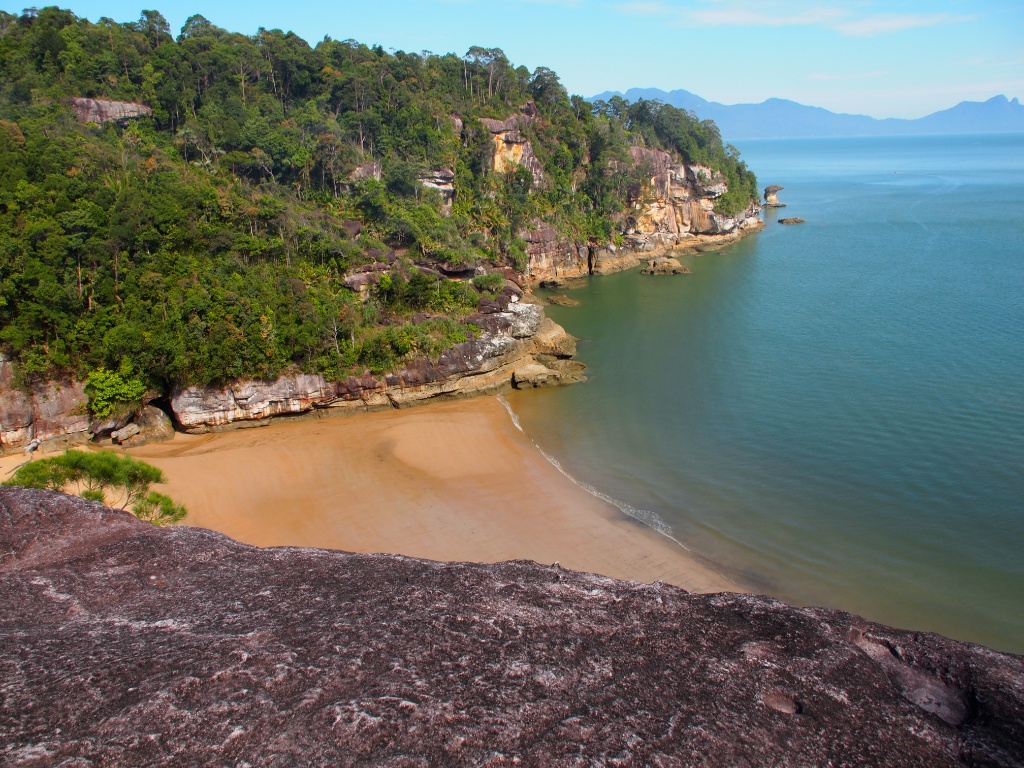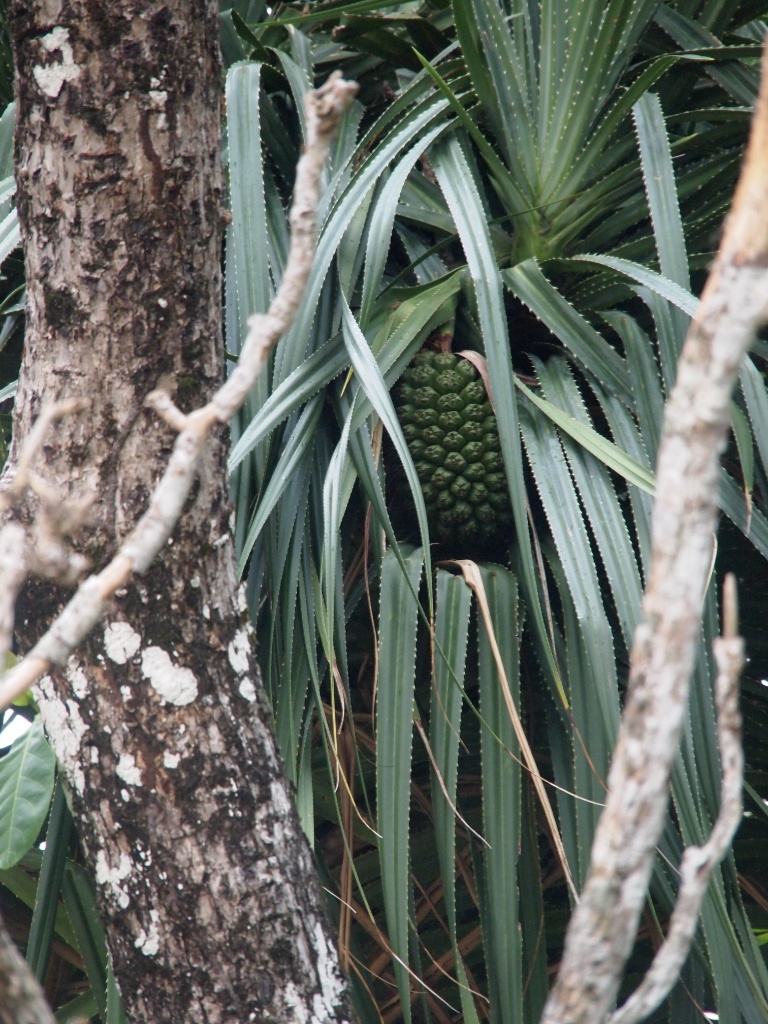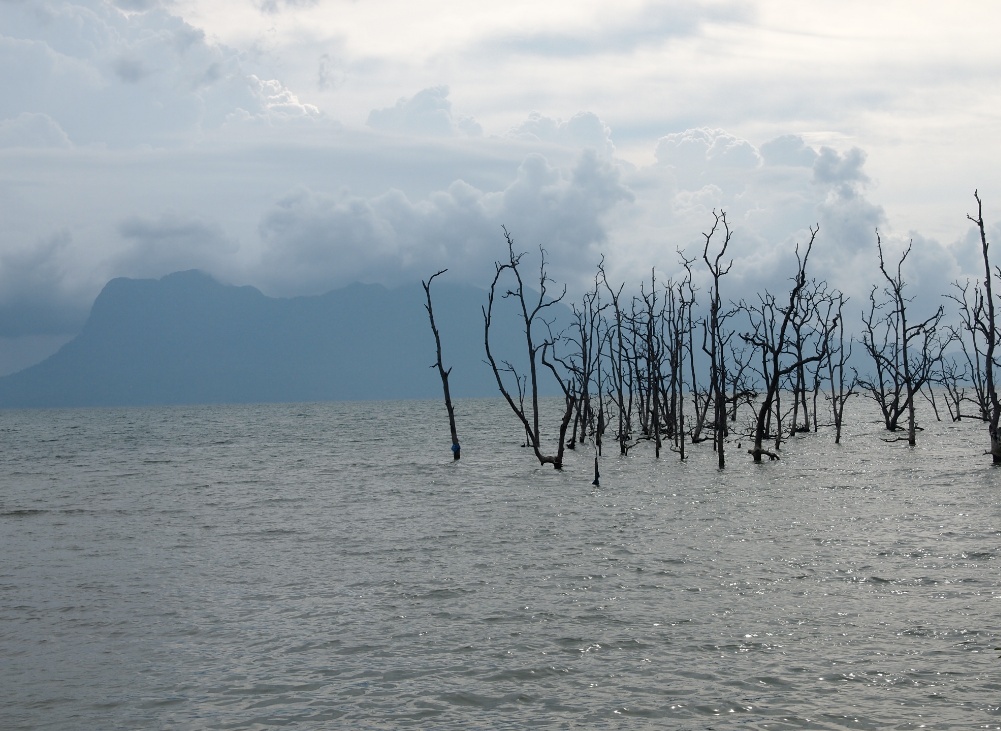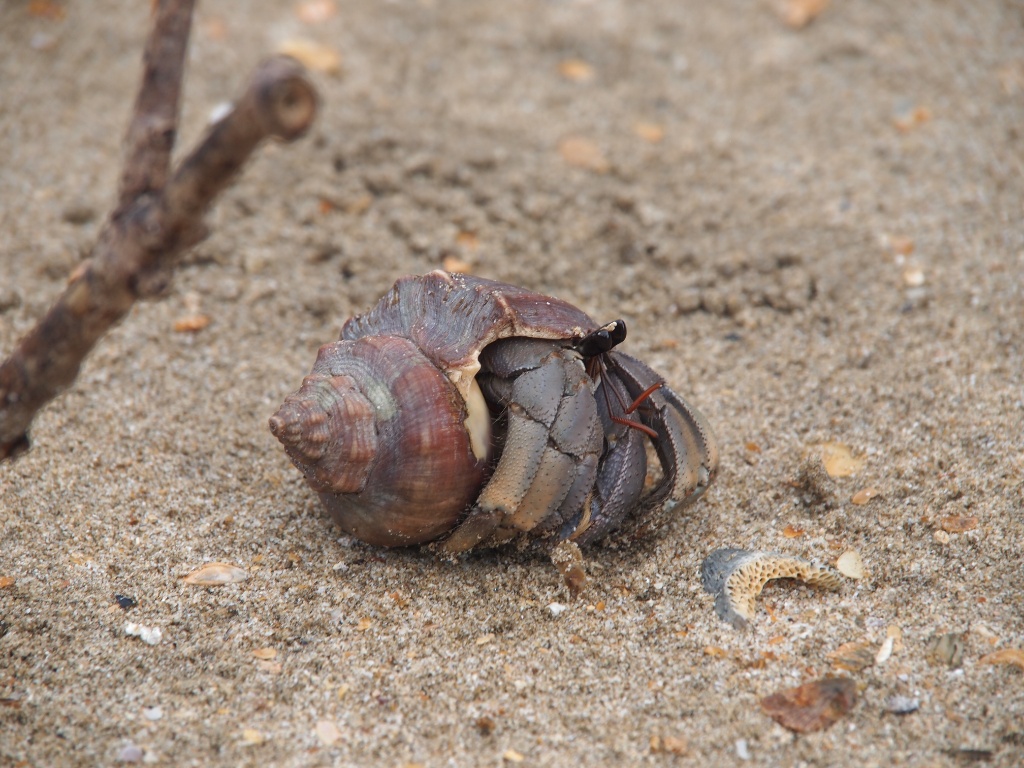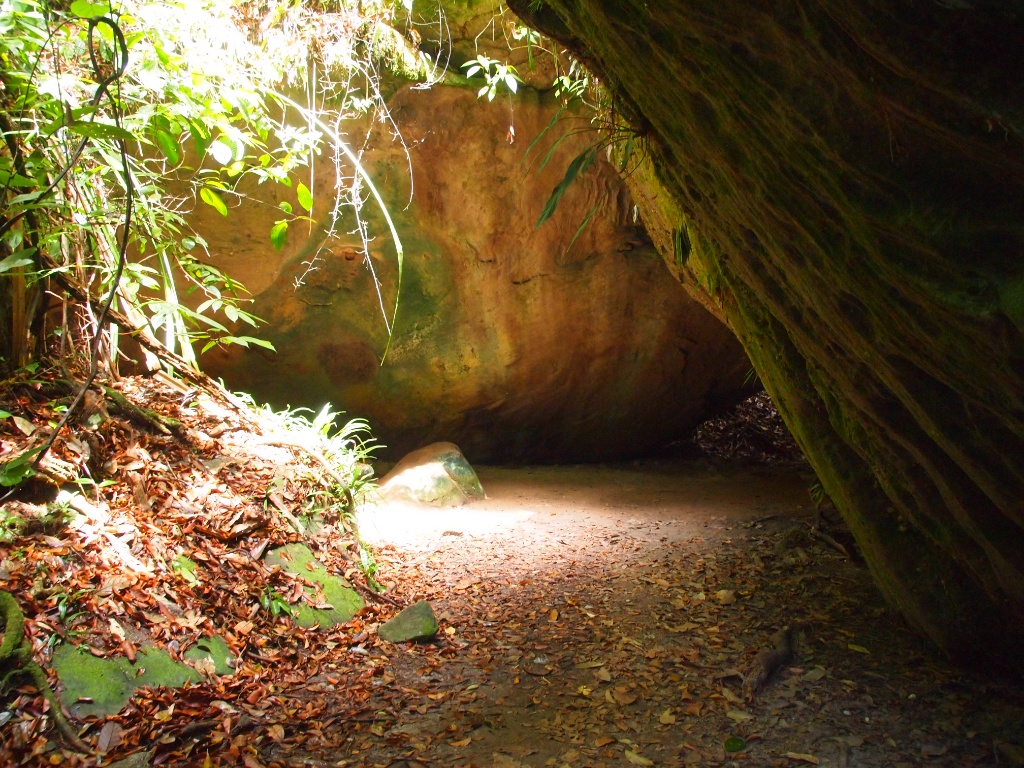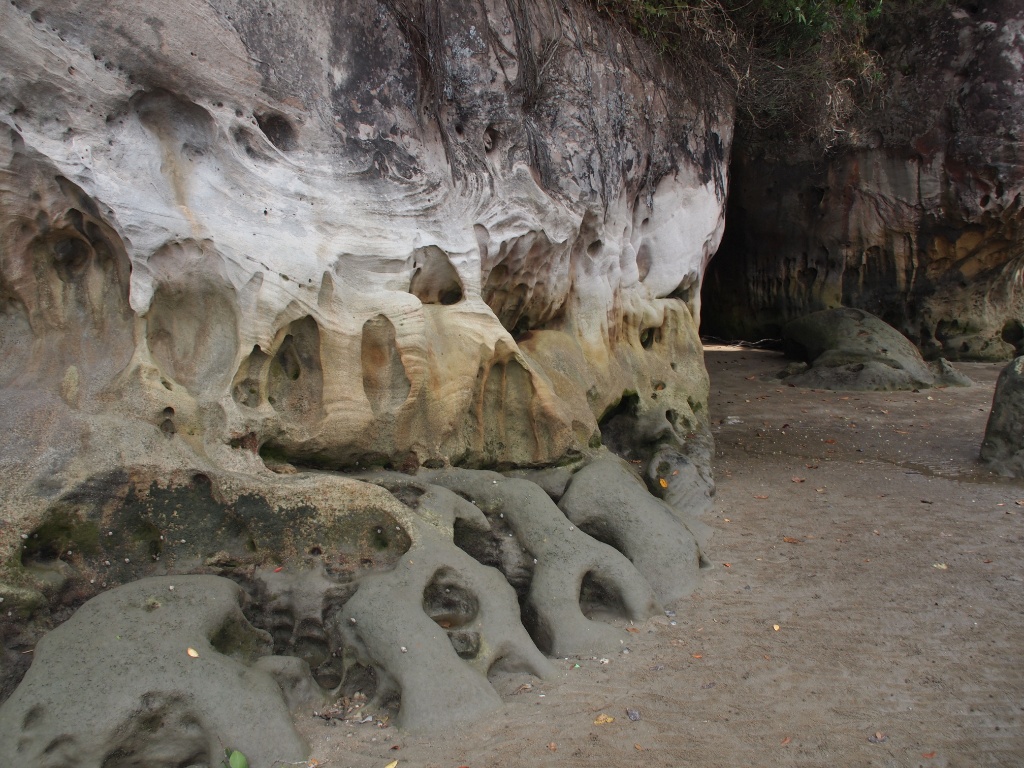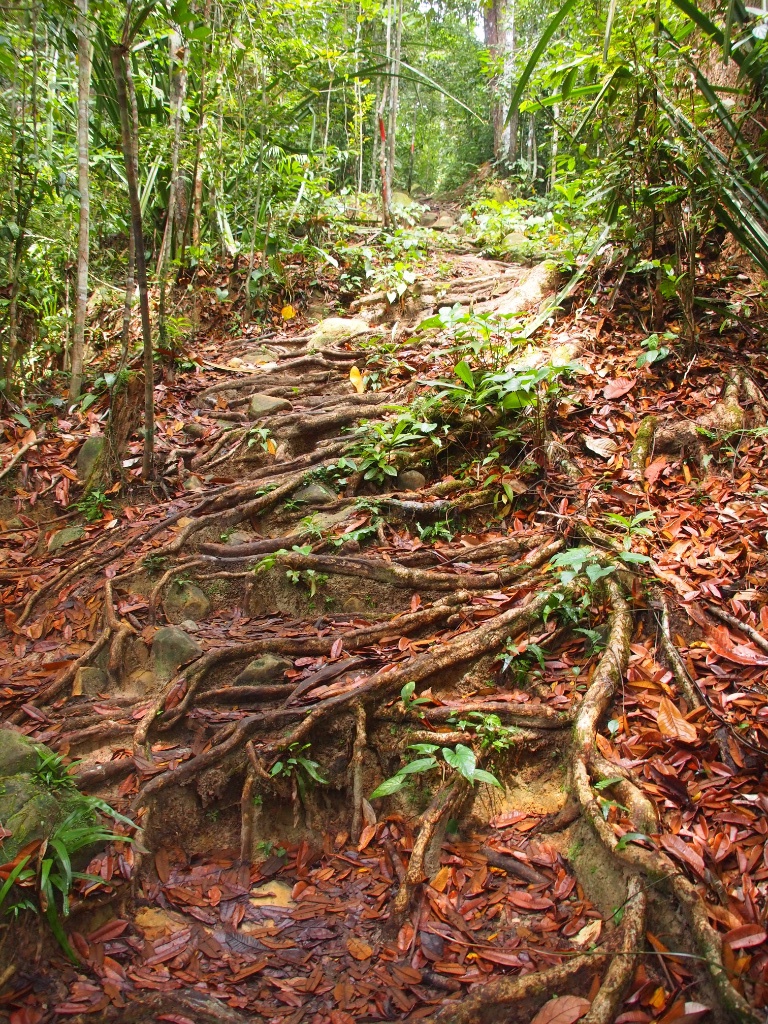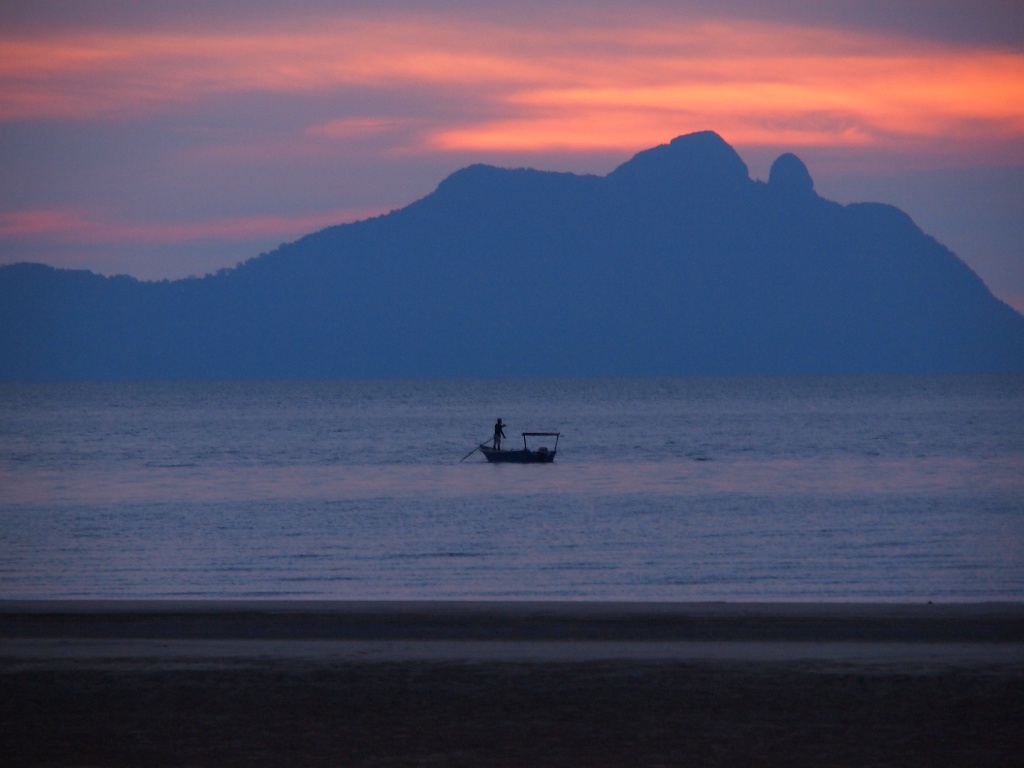Semenggoh Orangutan Rehabilitation Center, der beste Nationalpark Sarawaks
The next highlight of my trip around the world in the national parks around Kuching in Sarawak, Malaysia was the Semenggoh Wildlife Center, a forest section to be rehabilitated in the orangutans were illegally kept as a pet or injured or found orphaned.
Today here live about 24 monkeys that are called twice per day from the rangers with ape-like sounds to a wooden platform for feeding.
When morgentlichen feeding unfortunately we had no luck, just as was the fruit season and the orang find enough food in the forest.
After 4 hours of waiting time we tried it then again in the afternoon and lo and behold, there really were two sisters in animal feeding. Even from a distance we saw them until they go down swinging high up in the trees to the platform and a pineapple and a coconut outdated.
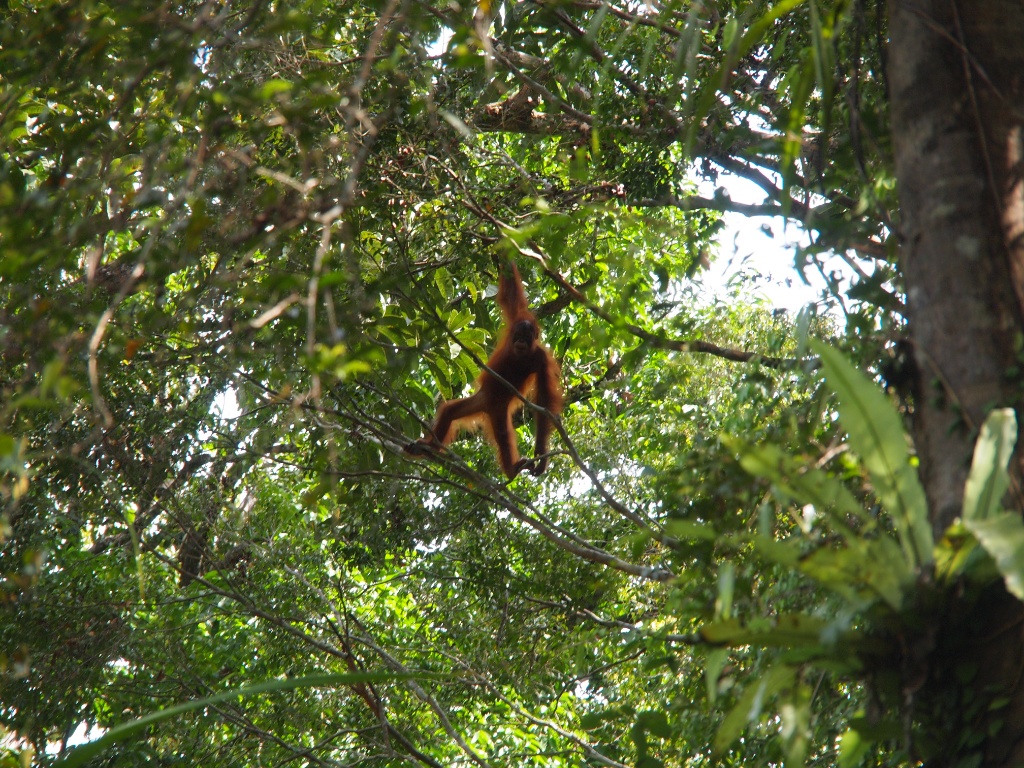
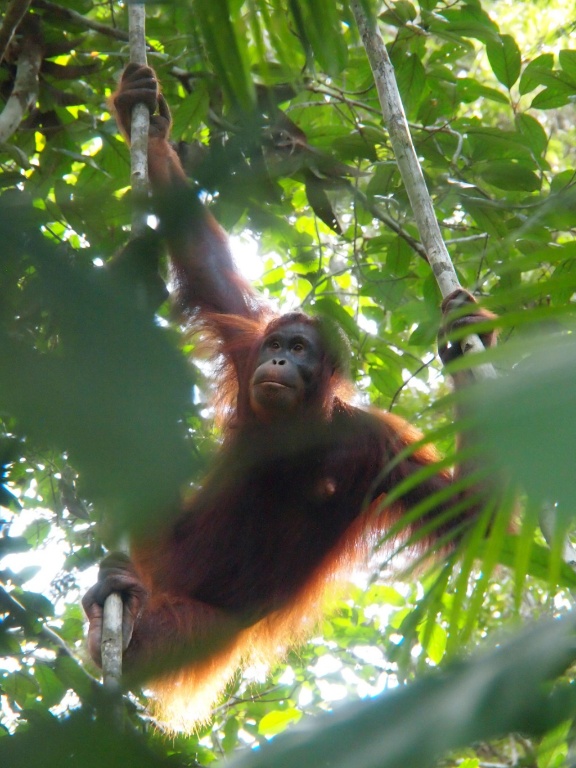
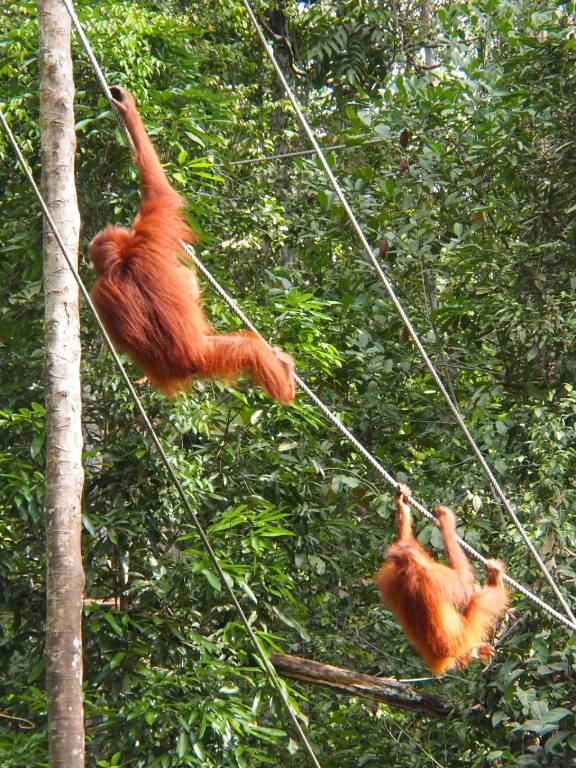
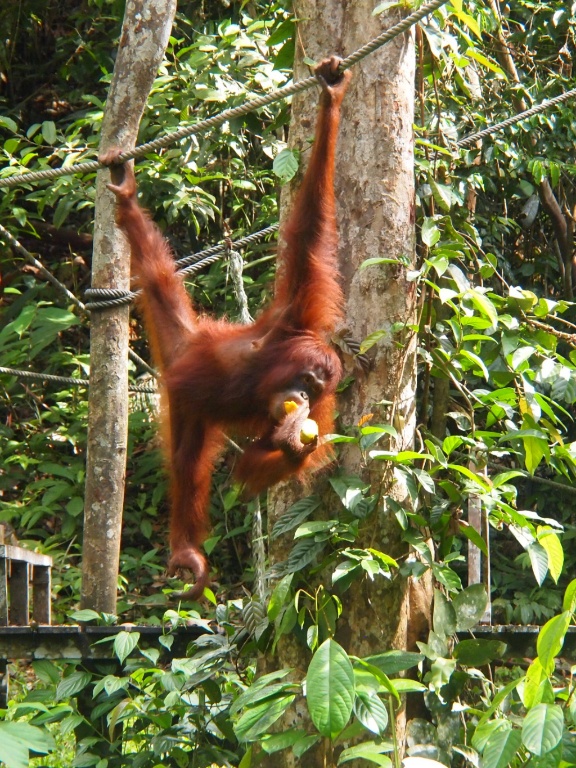
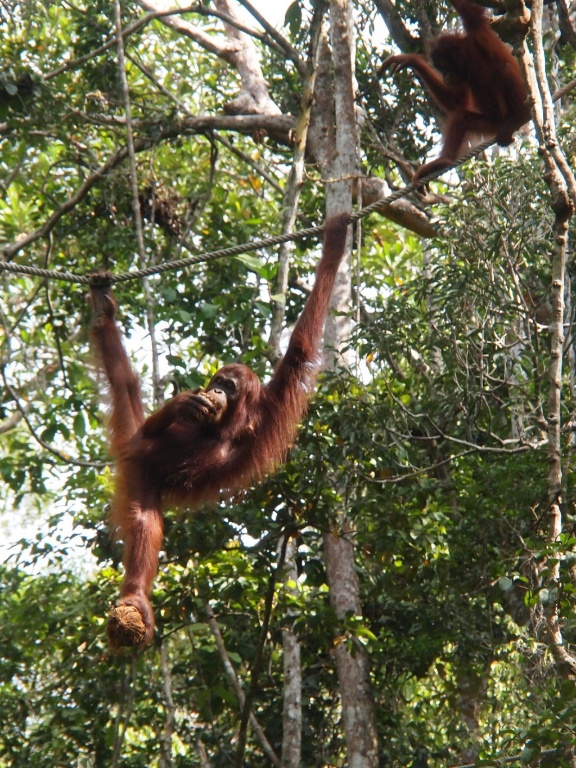
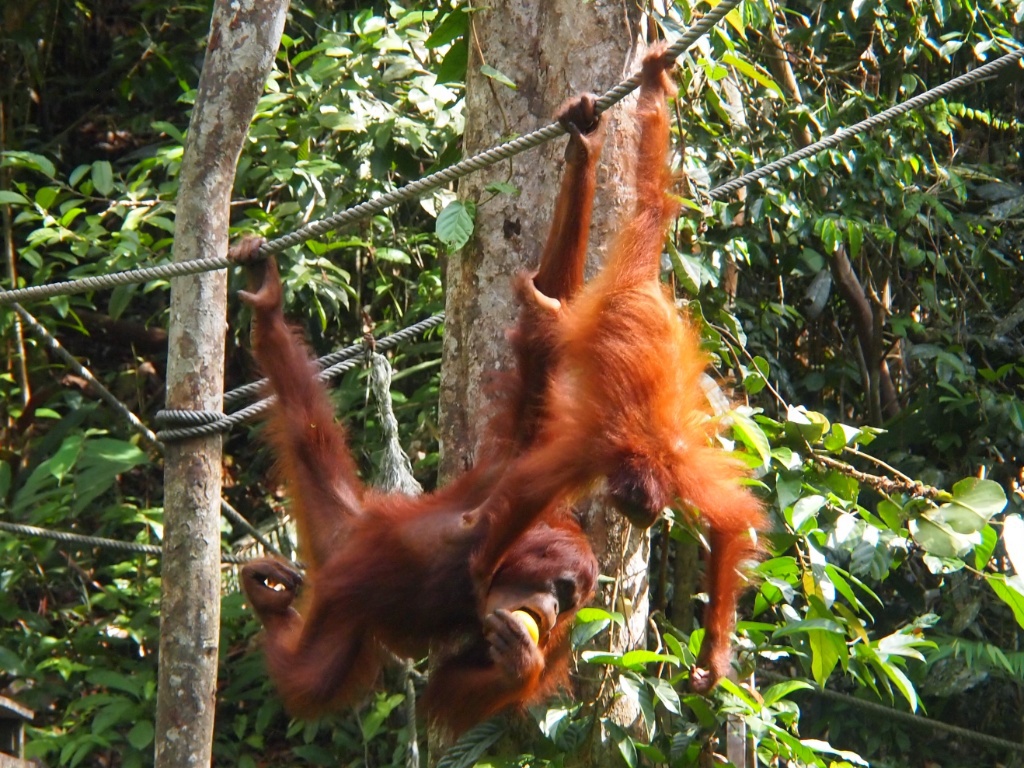
Then they headed back on the road in the trees where we only heard the cracking of the coconut.
The pongo pygmaeus are only here on Borneo (Malaysia and Indonesian Kalimantan), and to find in northern Sumatra.
The name orangutan is derived from the Malay and literally means man of the forest. The orangutans here are different to those that we saw later in Kalimantan fact that the hair was rather bright, so garish orange and that the local monkeys have much more hair in the back.
The Semennggoh Wildlife Center was already a good taste of what we have in terms orangutans expected, but more on that later.
But before that, two other National Parks in the program. The Gunung Gading National Park is famous for its Rafflesia, the biggest flower in the world.
The Rafflesia is for science is still a mystery because she has no specific flowering time, stem or roots. It is known that the Rafflesia is found only in connection with a certain Weinrebenart (tetrastigma vine) and quasi absorbs its nutrients.
After 18 months, then comes a brown bud to the fore, then again takes nine months to mature. Only then the flower opens its petals for only 3-5 days. The flower can have a diameter of up to 90 cm.
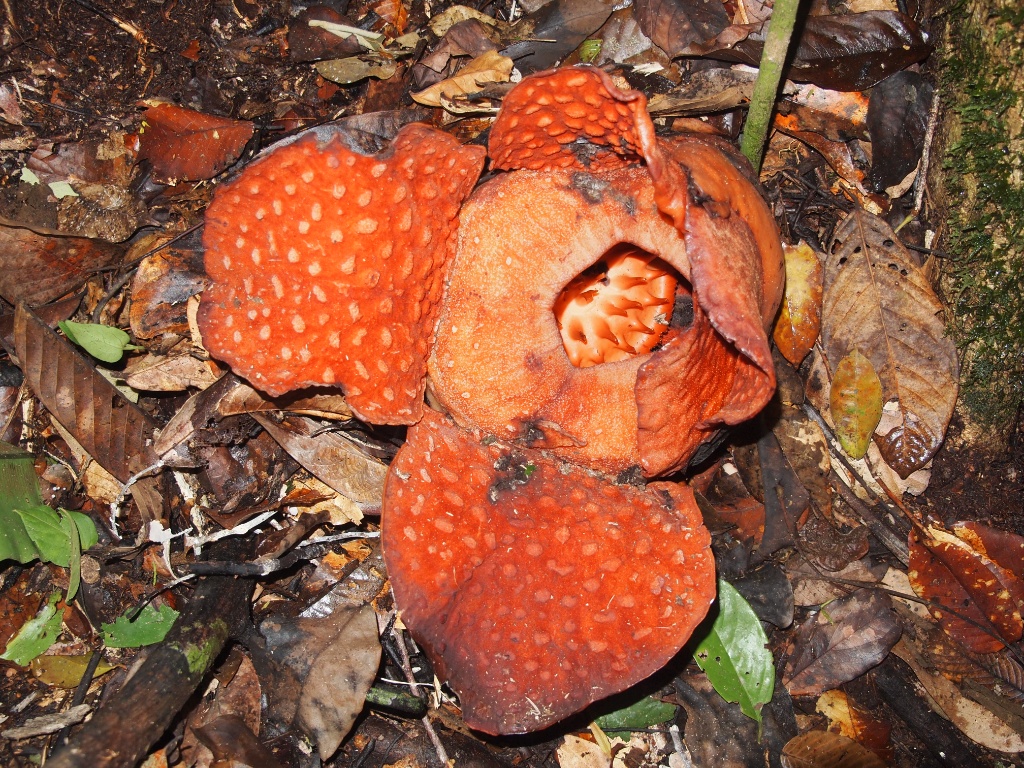
In Gunung Gading there is almost always a Rafflesia blooms, but scattered in the park it is of course hard to find. Therefore you meet at the entrance equal to a guide who brought us to the famous flower.
Almost in all National Parks you will find several types of carnivorous plants, we were able to observe on our way to the Waterfall no. 7.
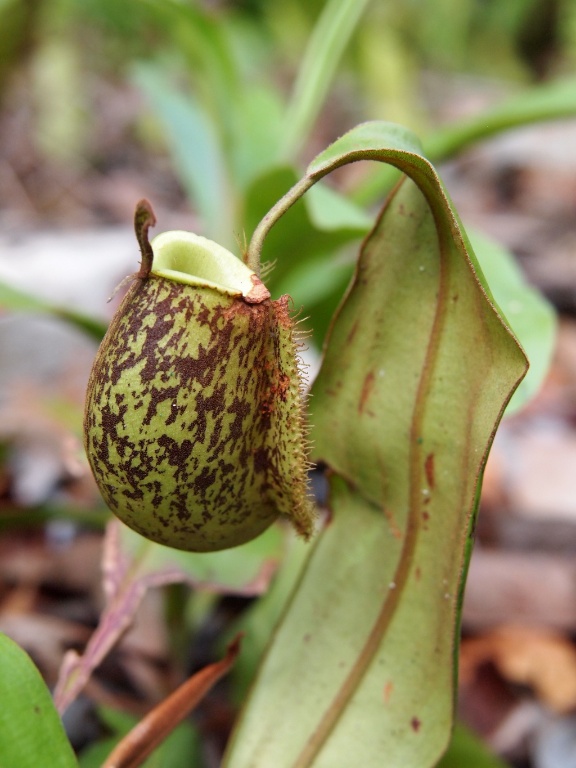
The last of the national parks around Kuching we visited was Kubah NP, which impresses with its varied vegetation. Also, the waterfall is definitely worth the hike.
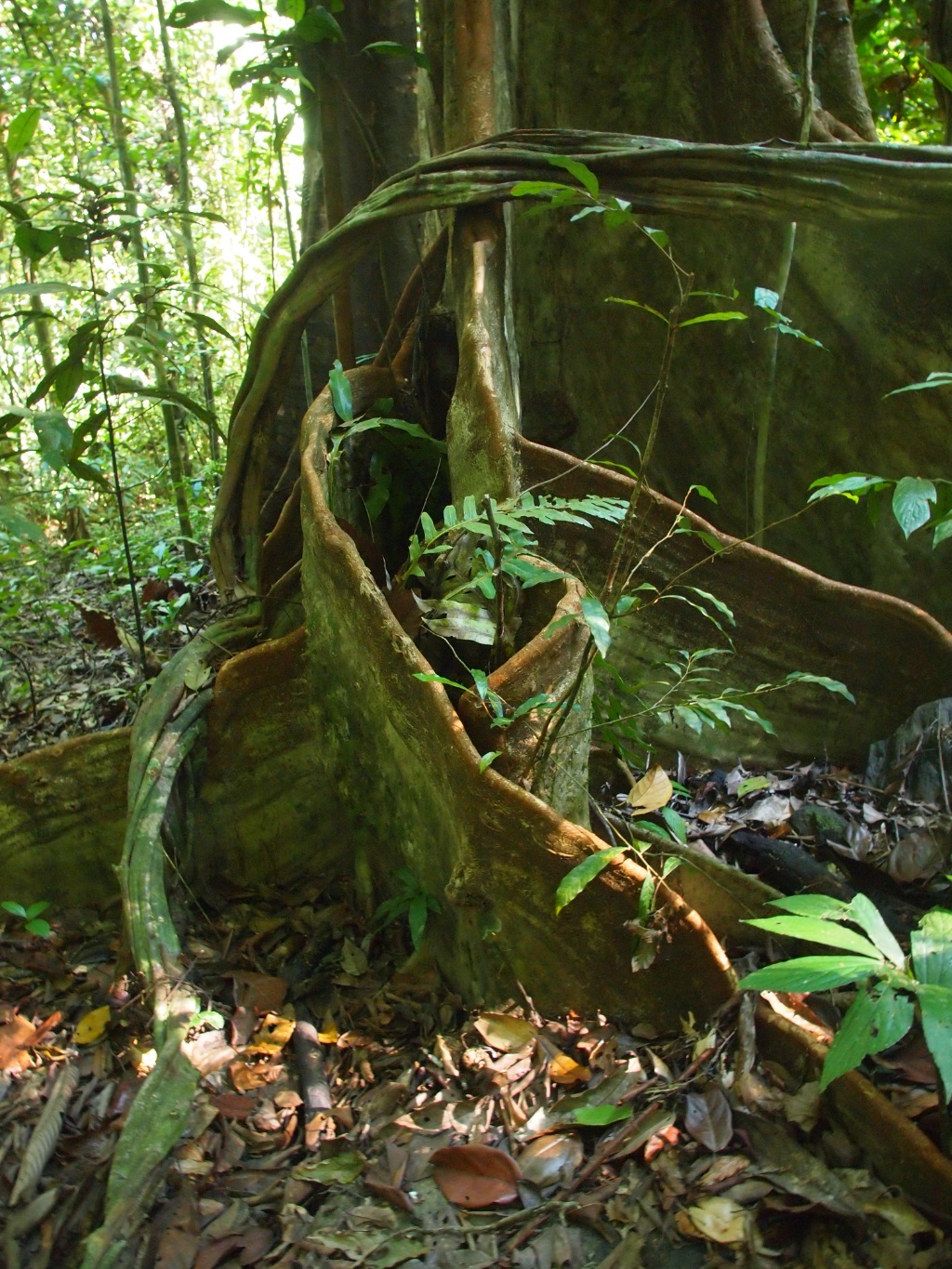
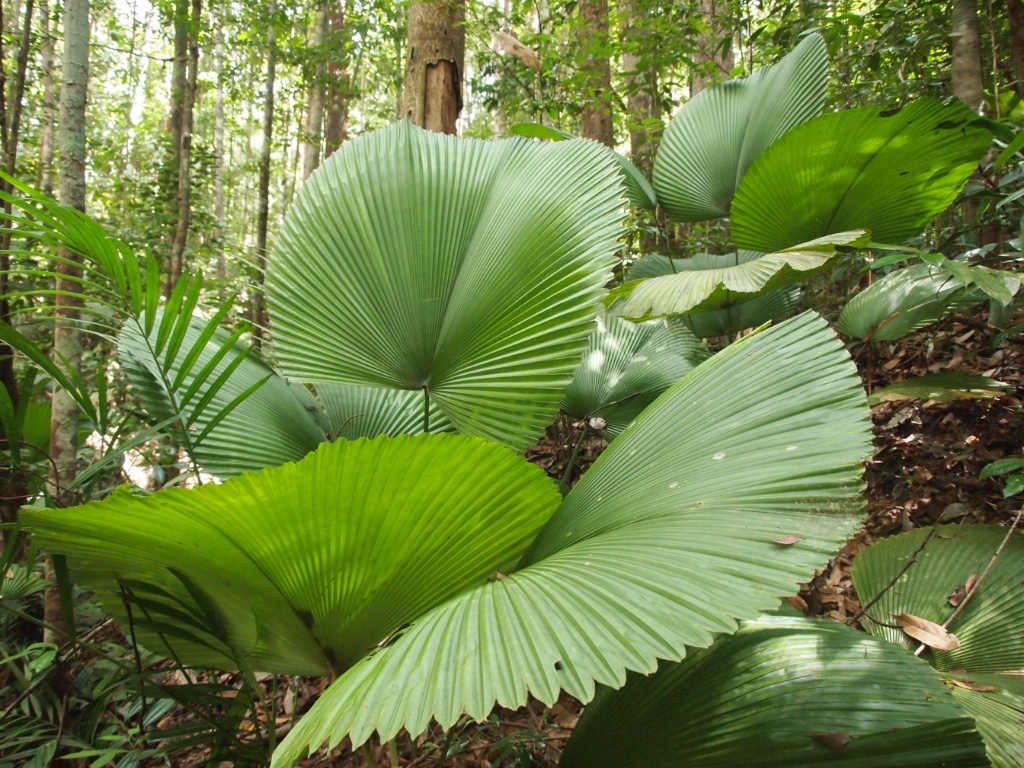
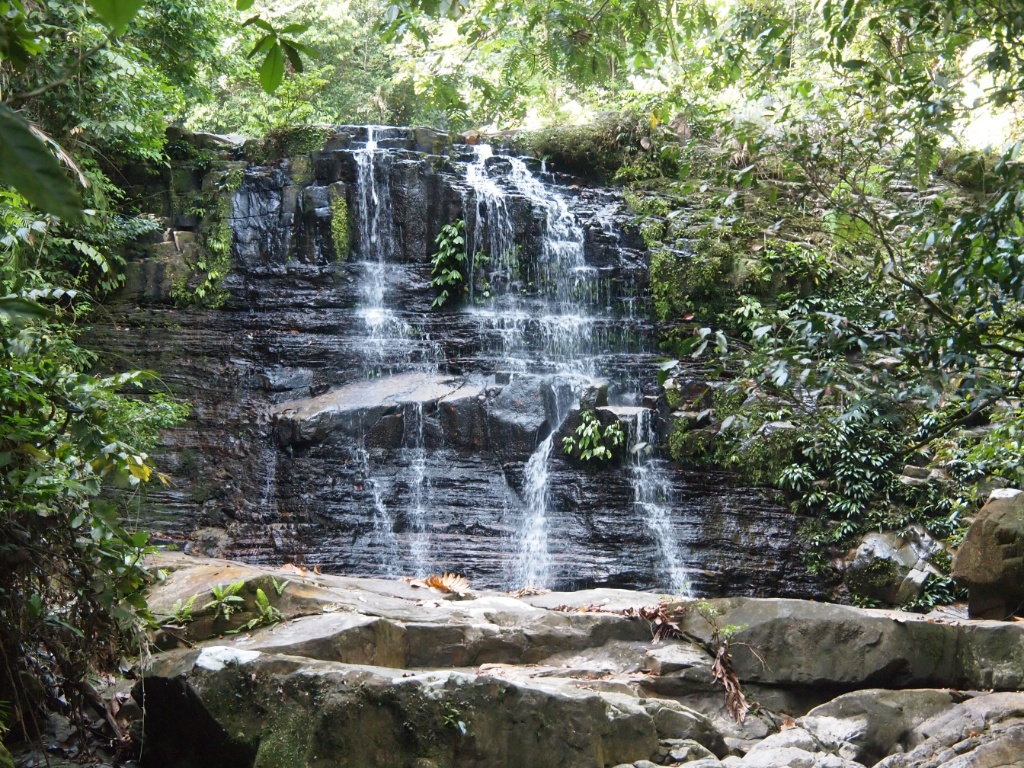
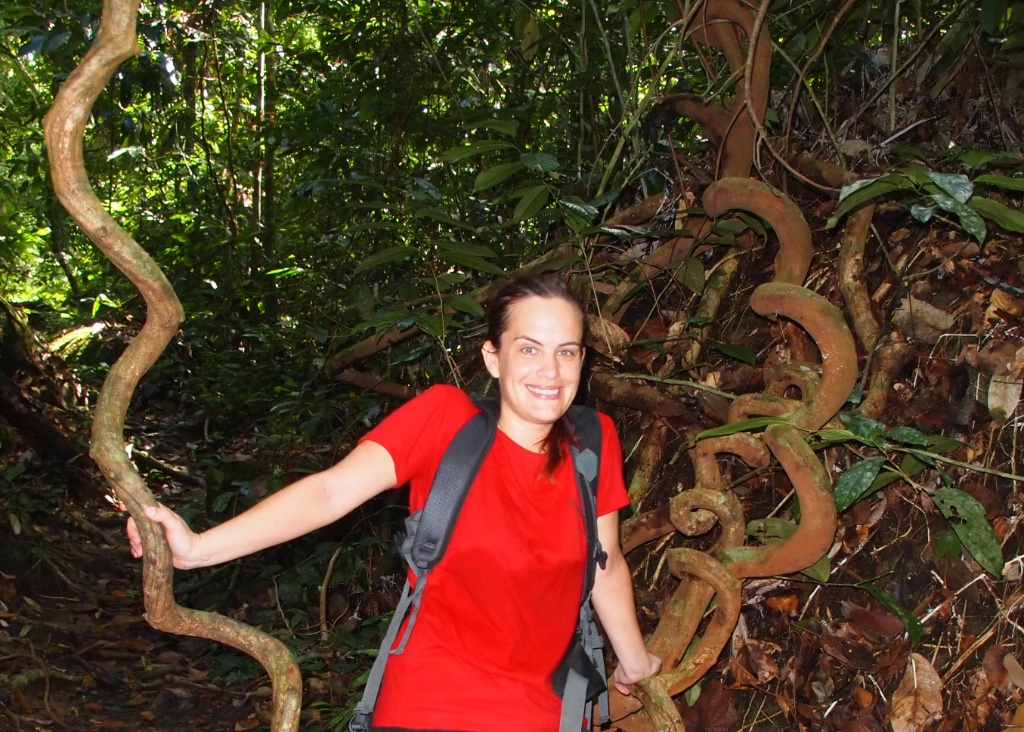
Kuching itself is the capital of Sarawak region and has around 600,000 inhabitants.
